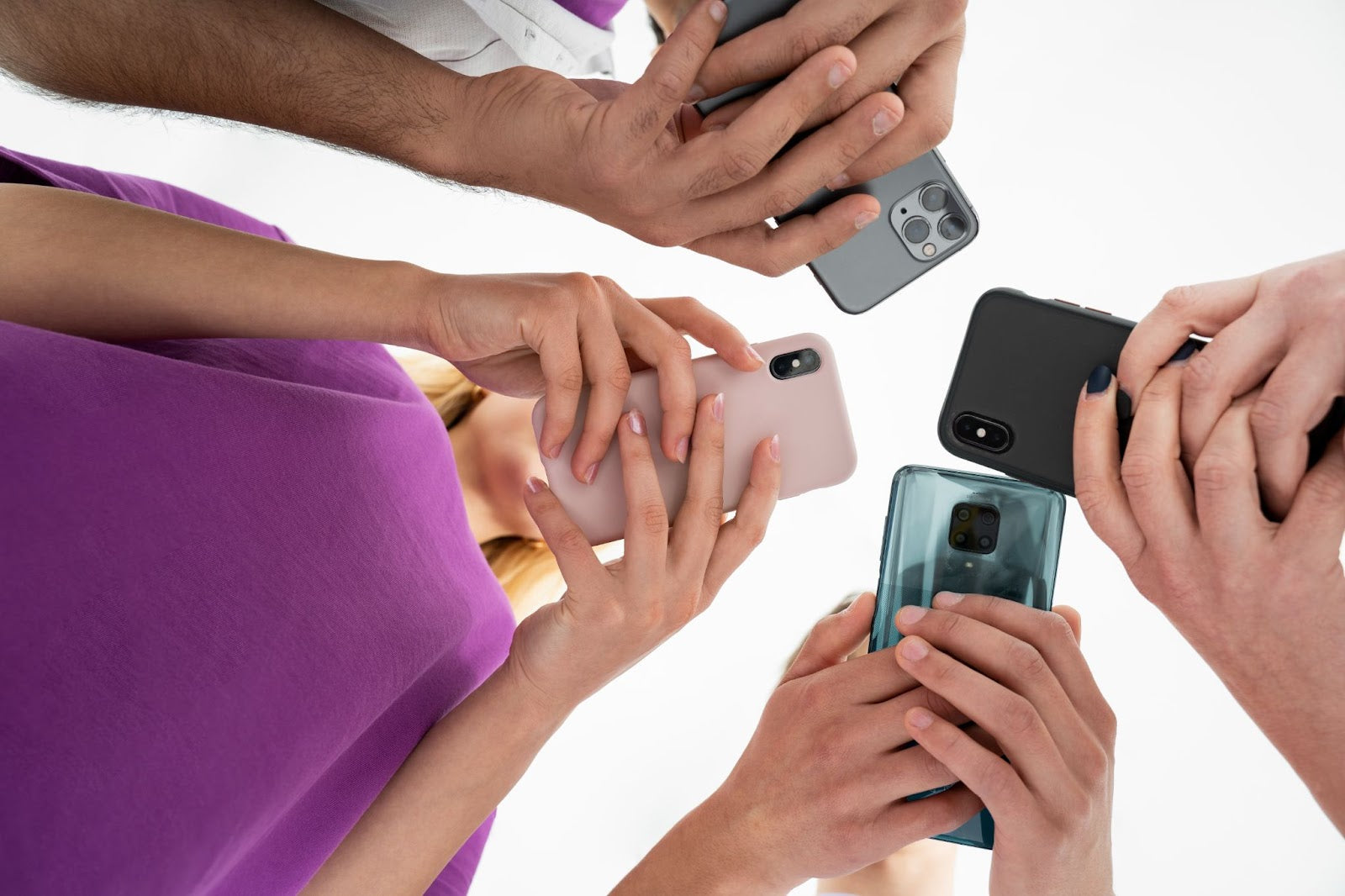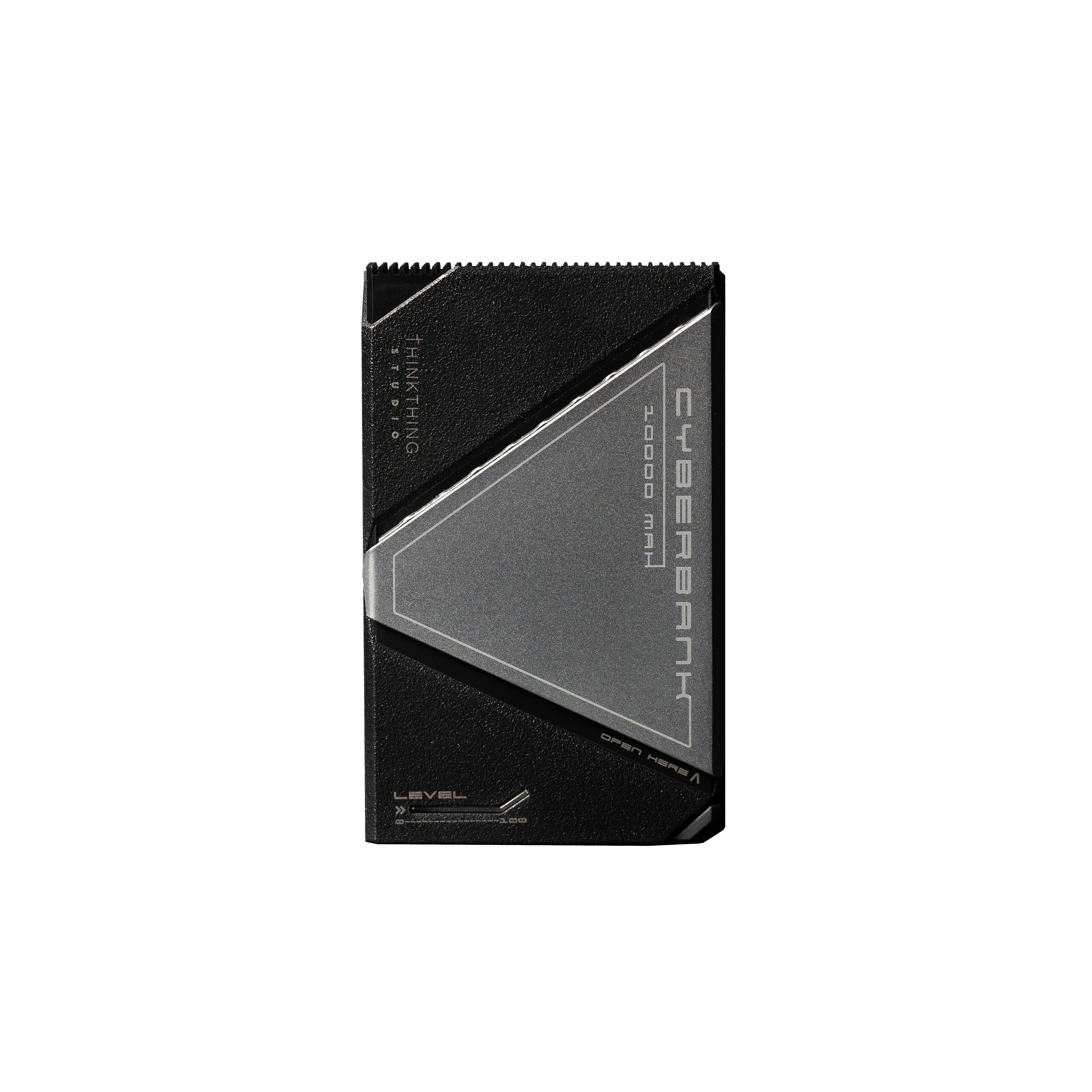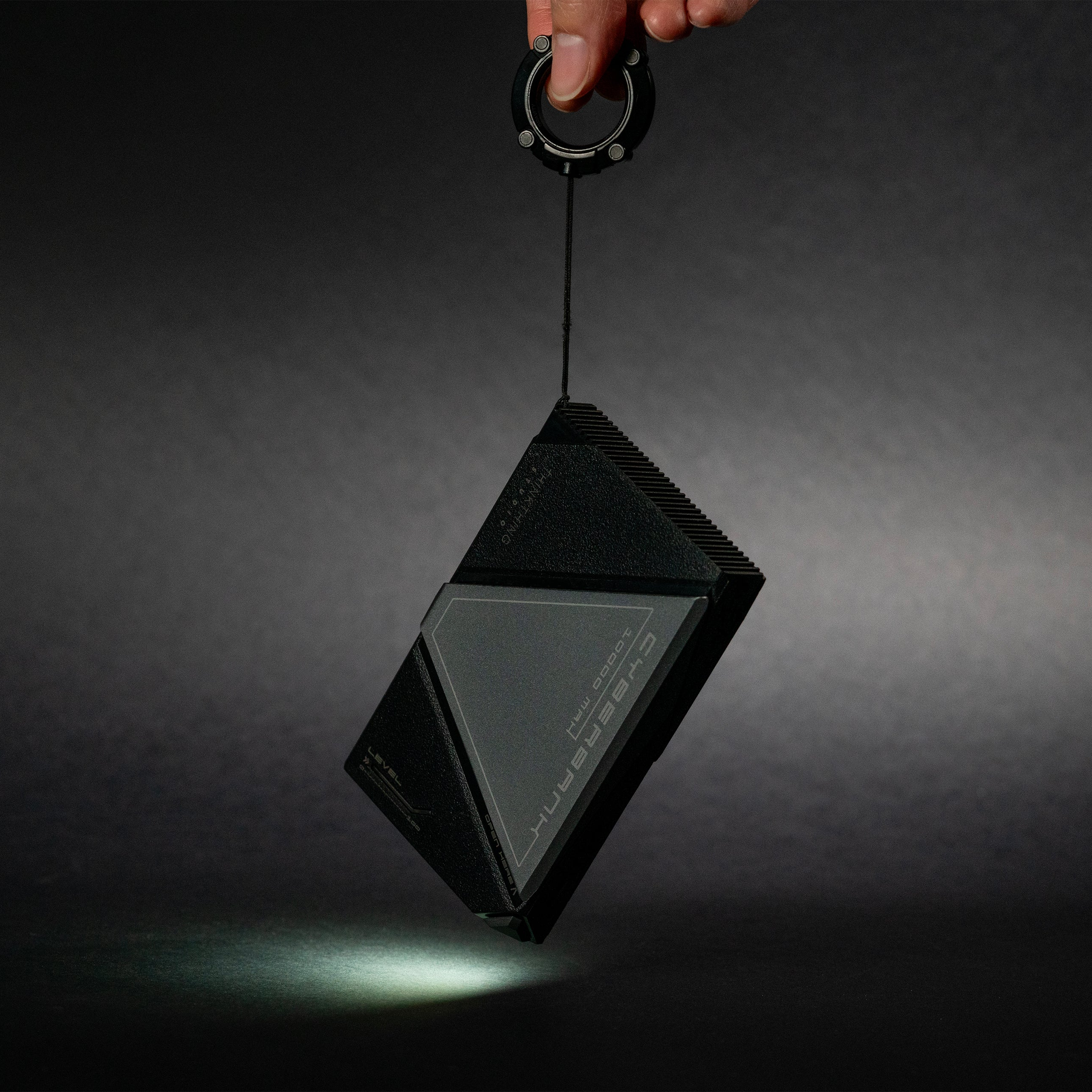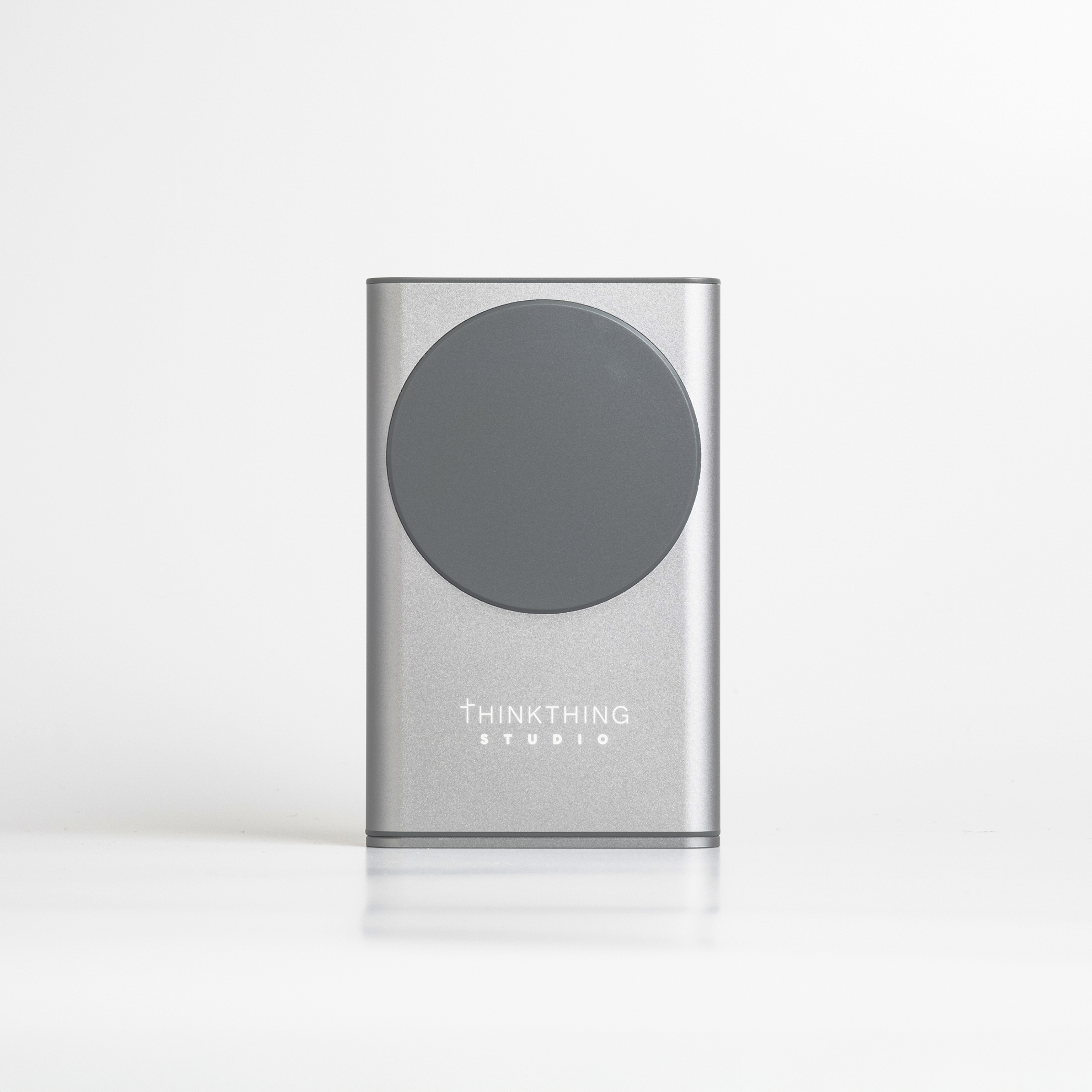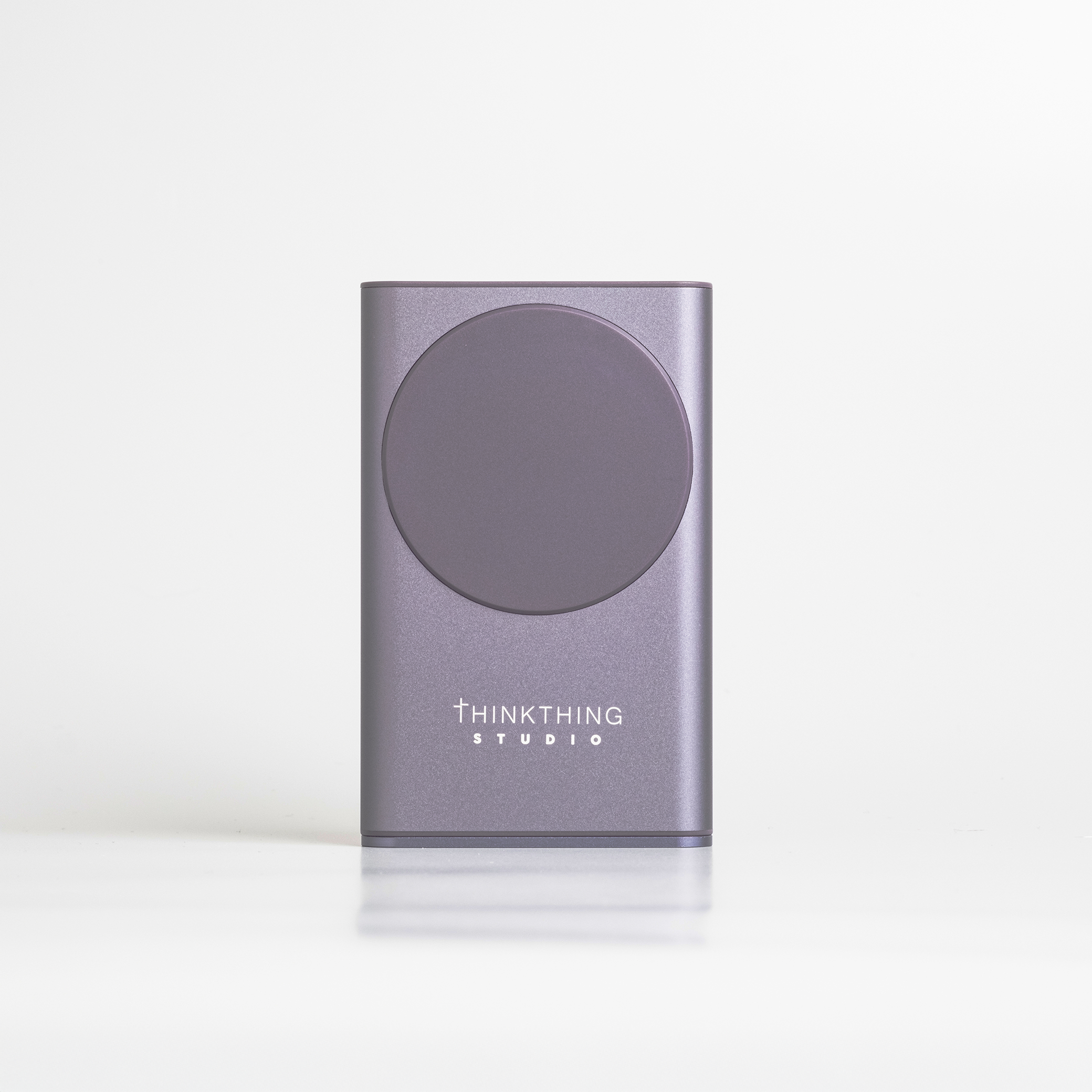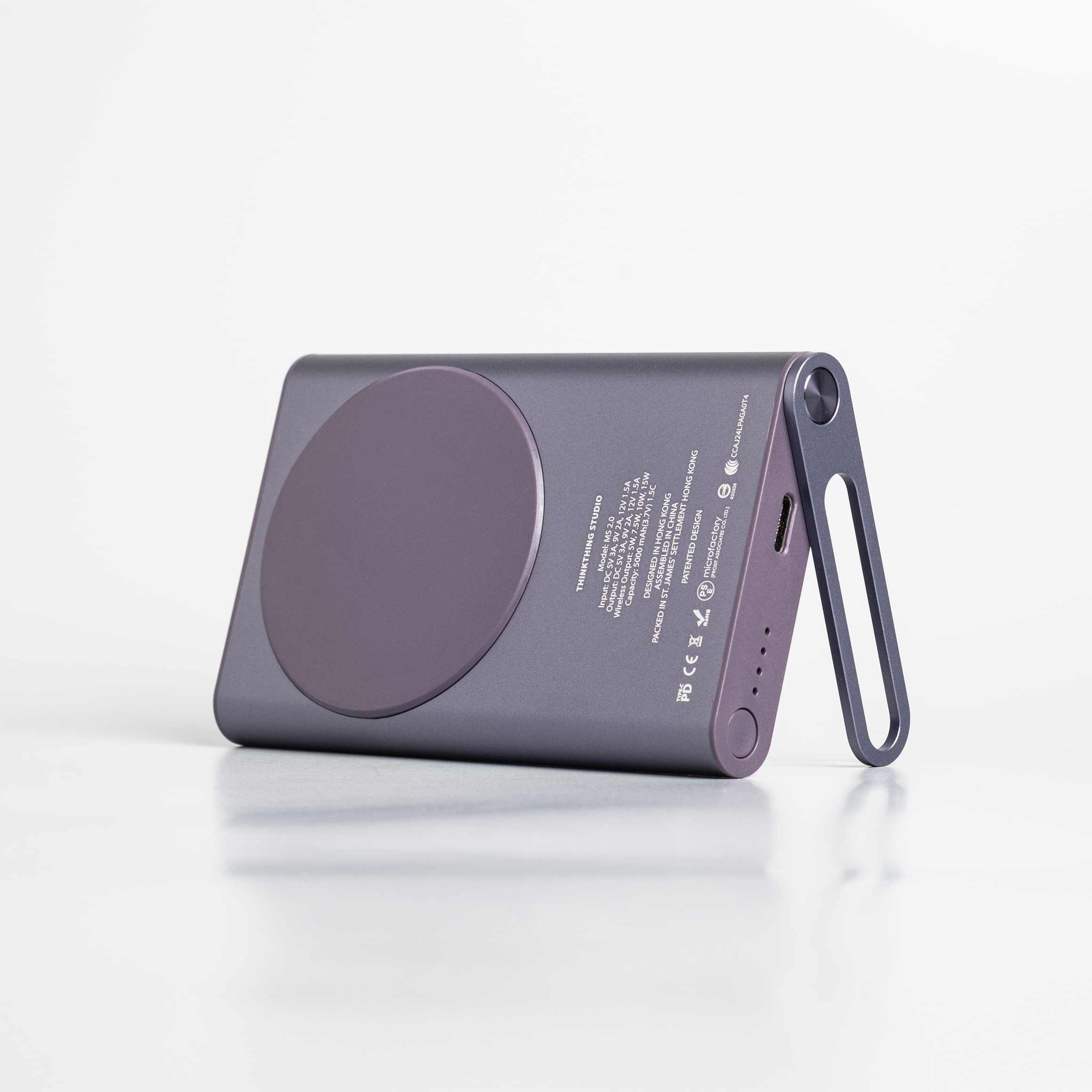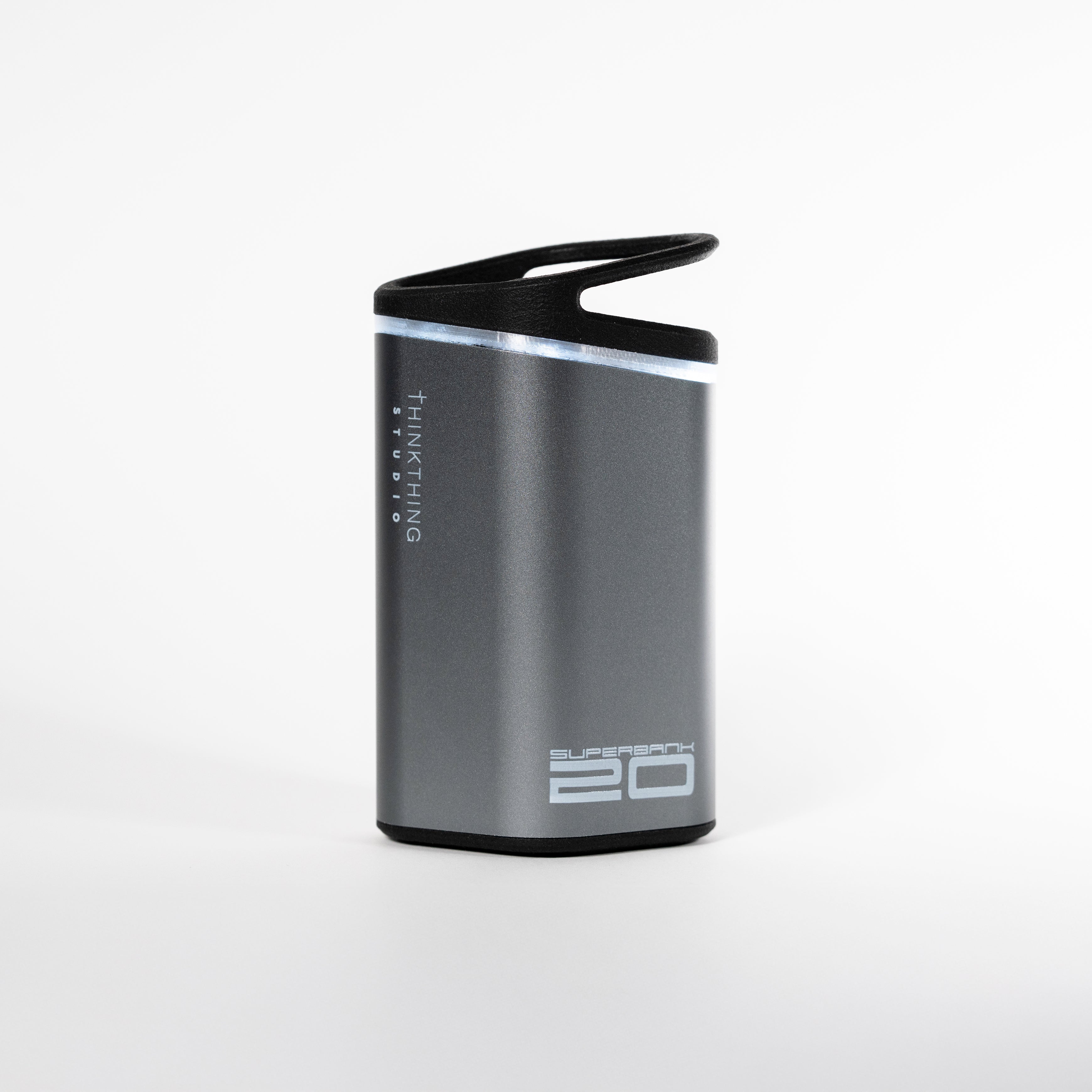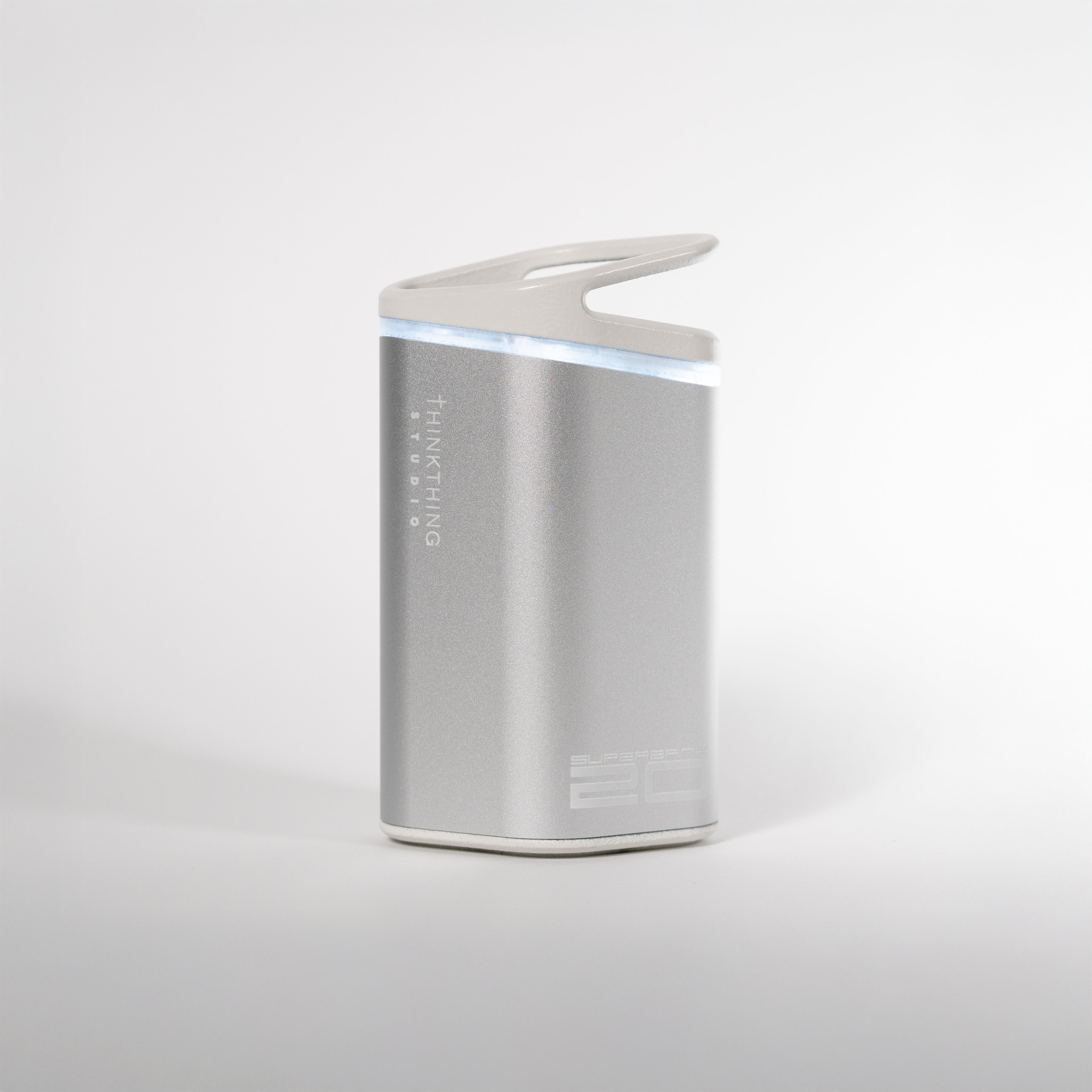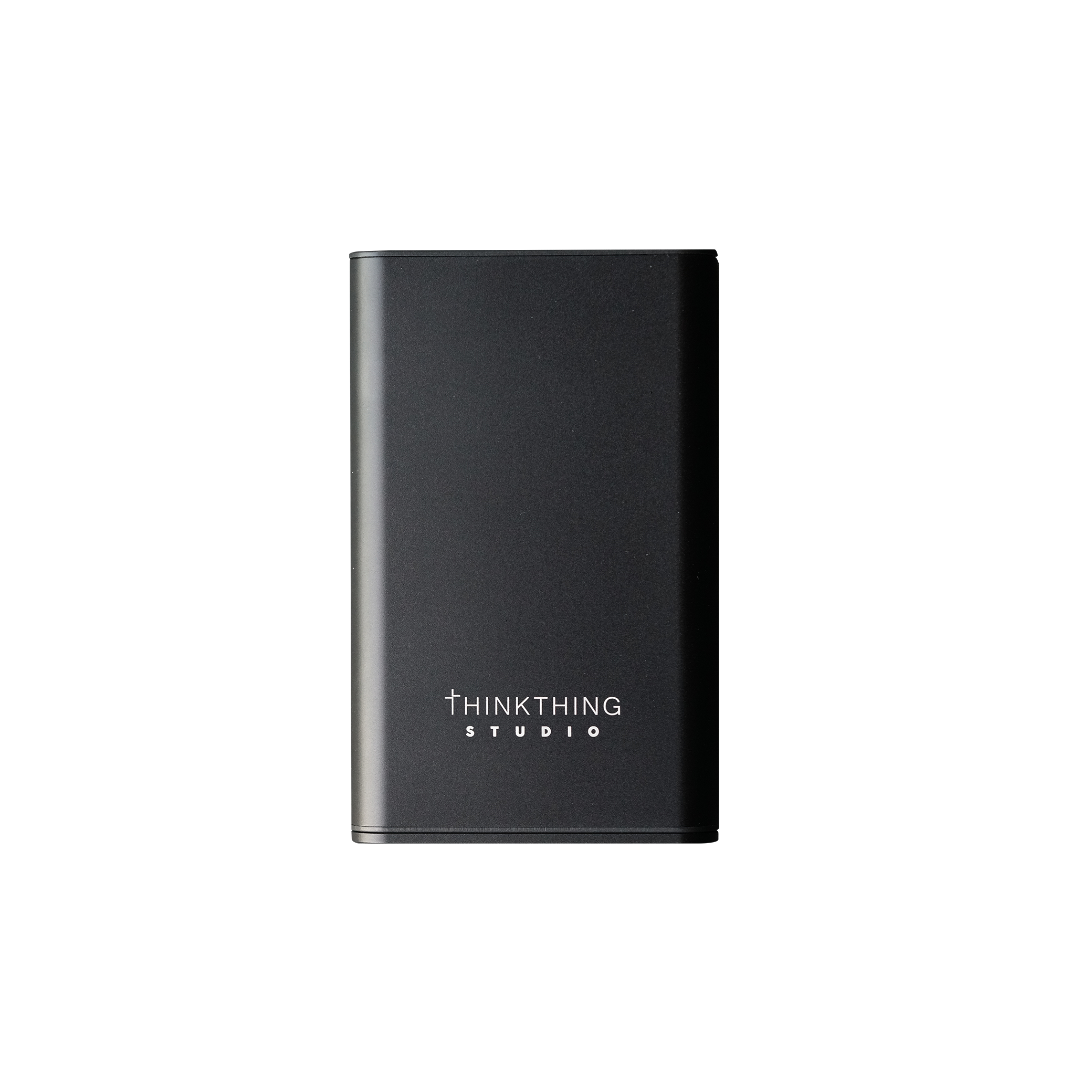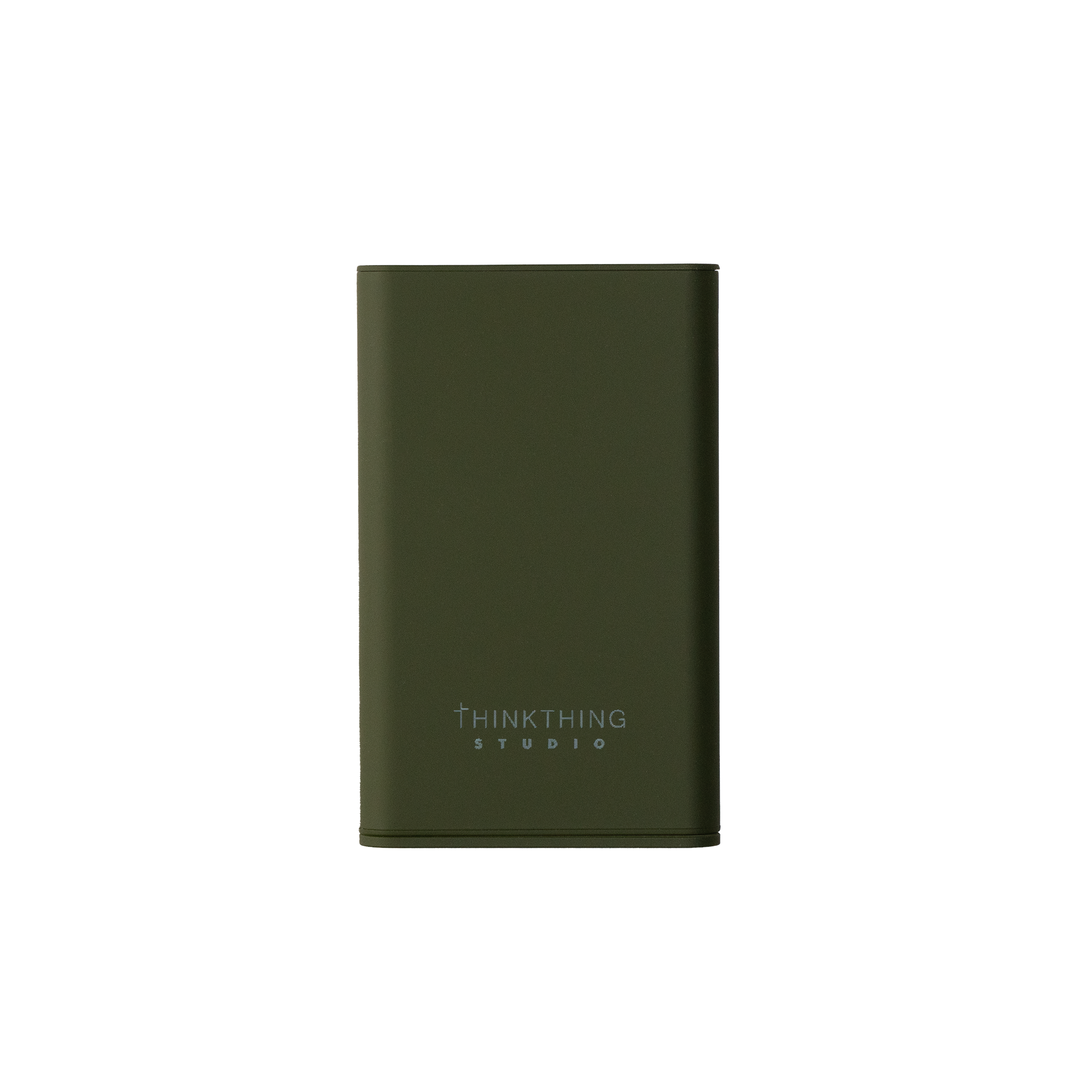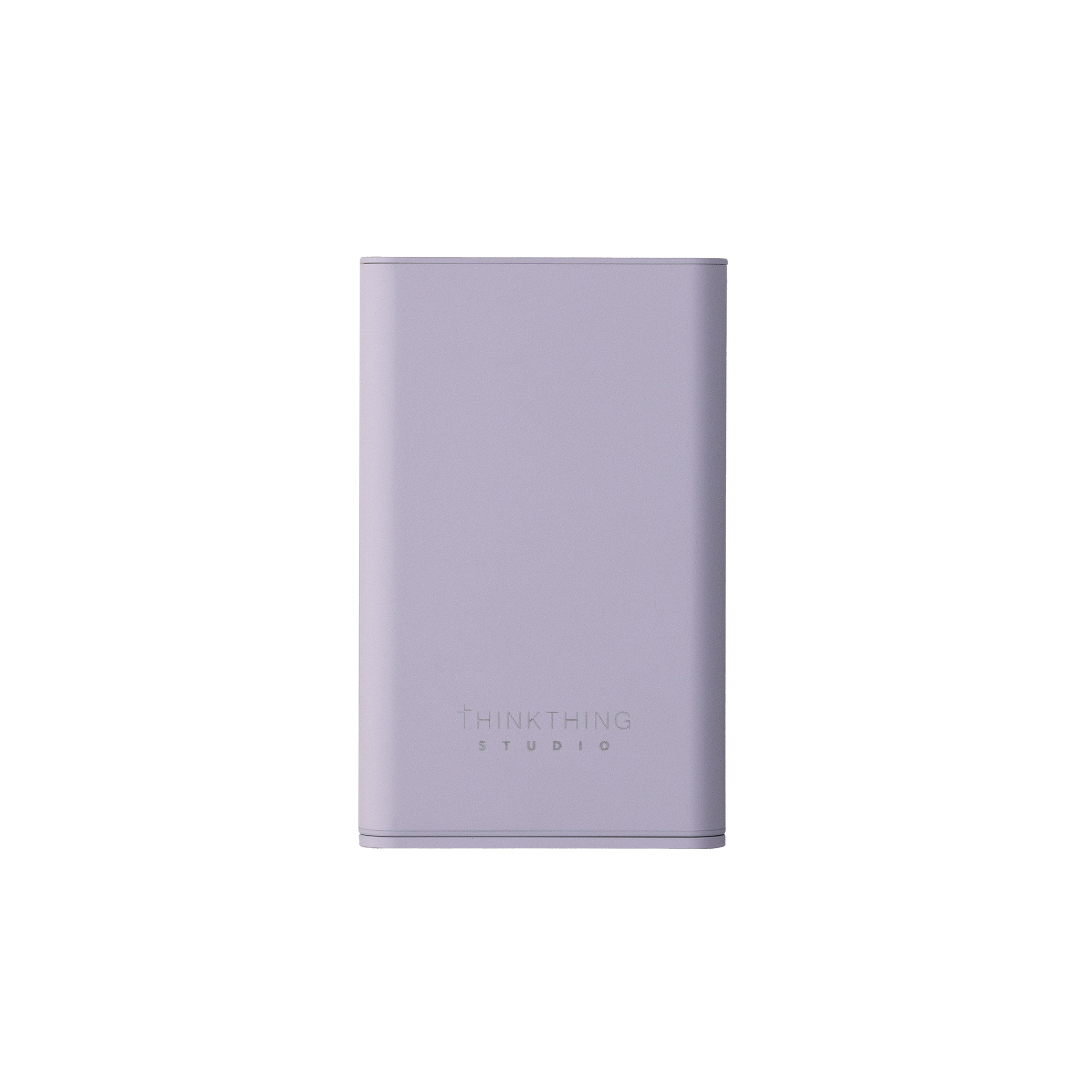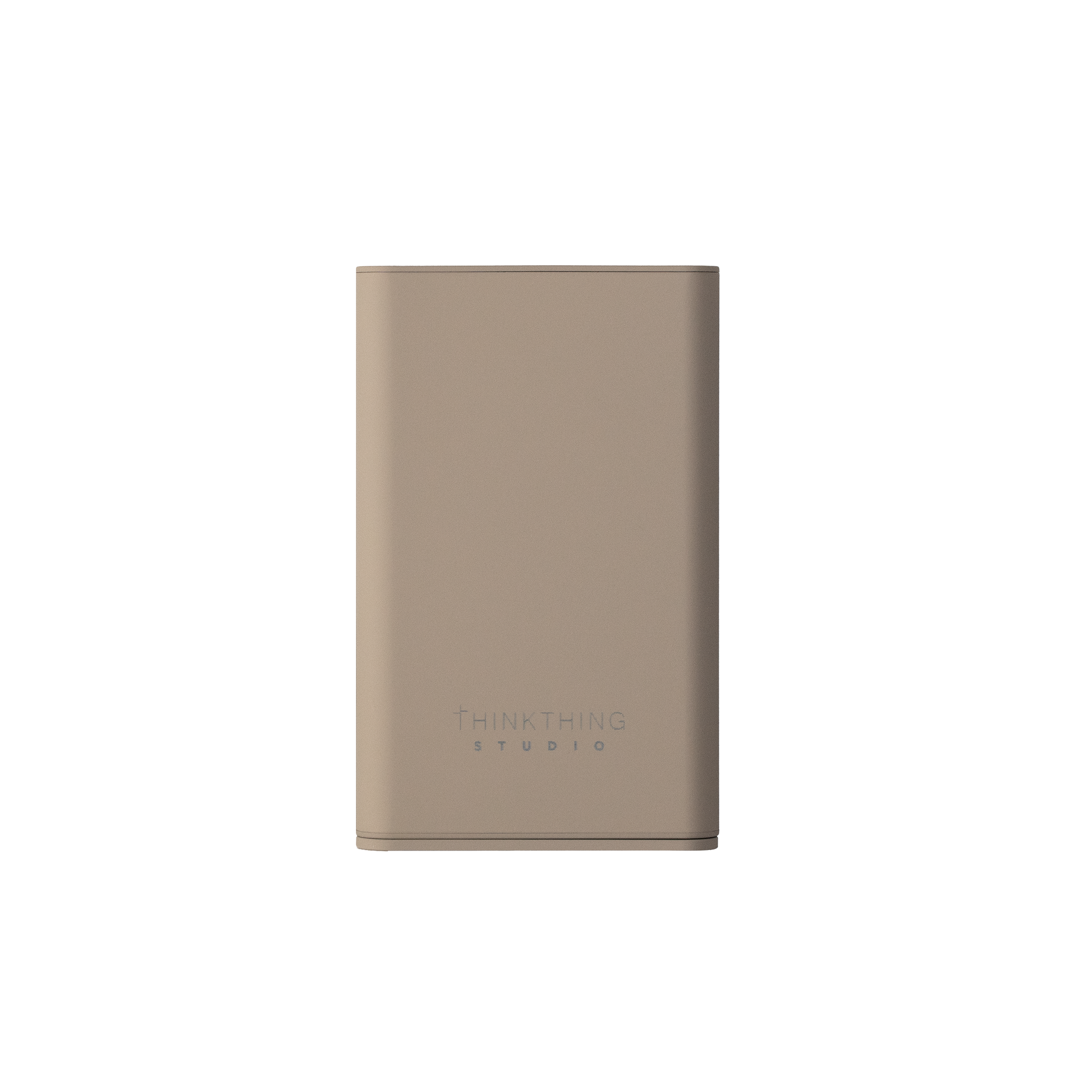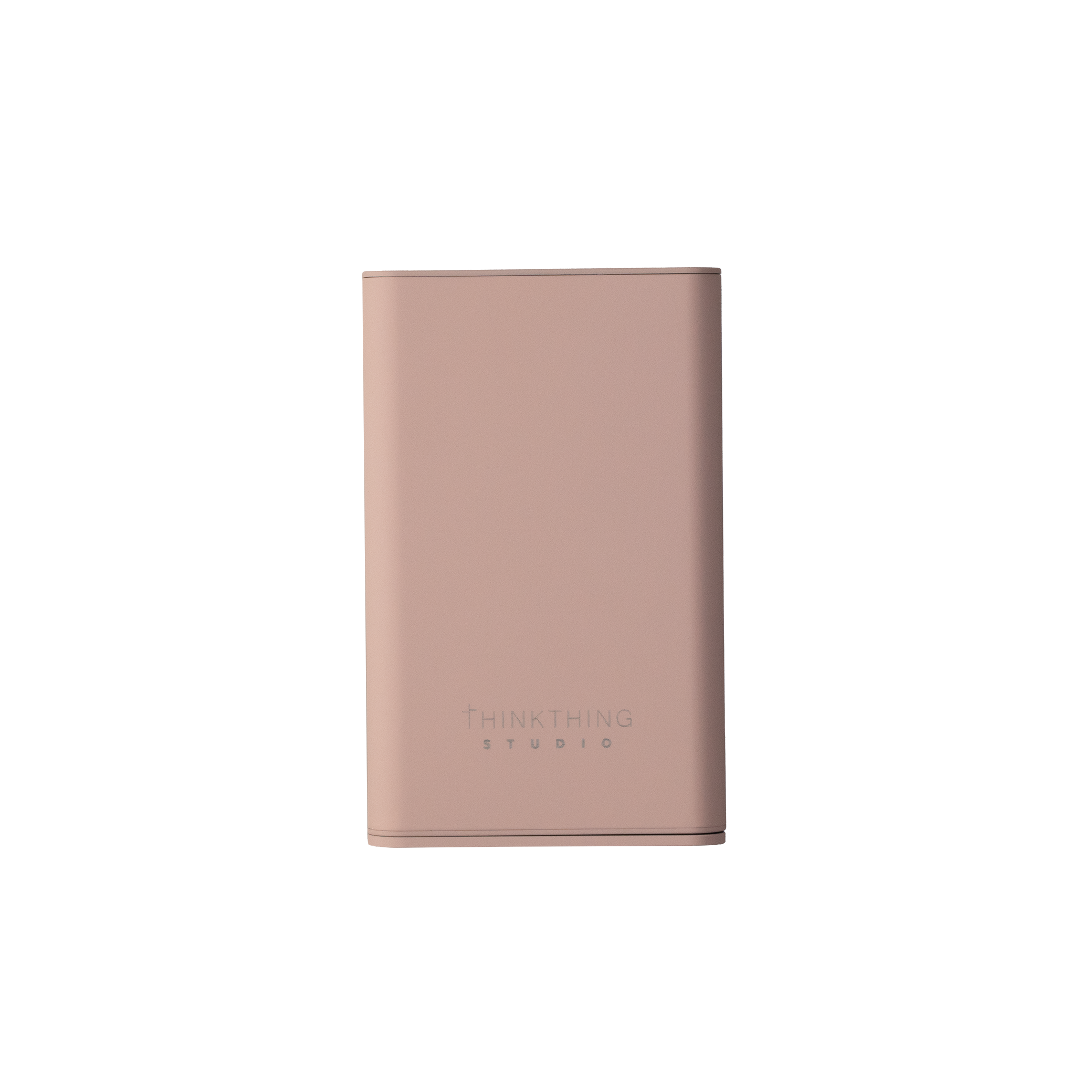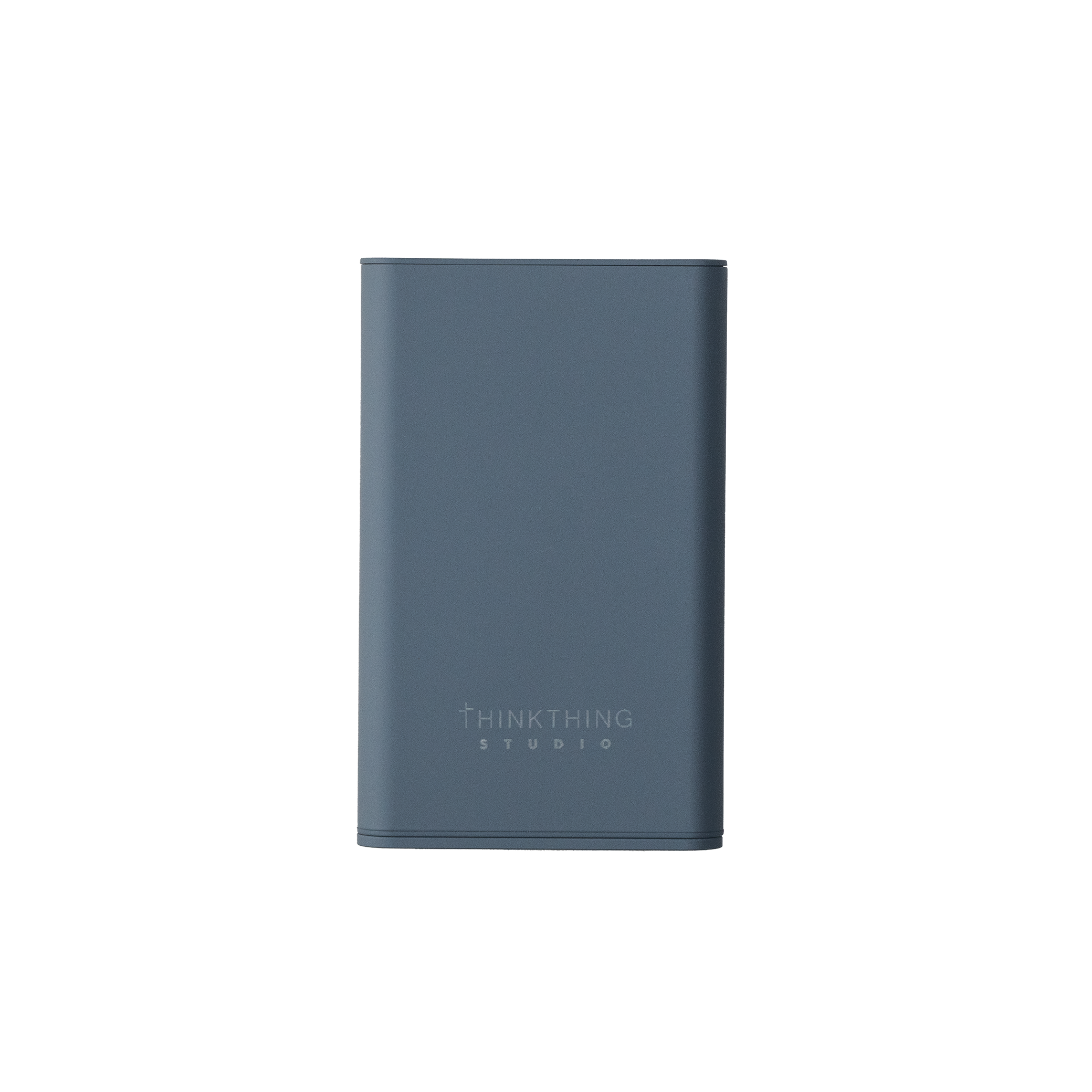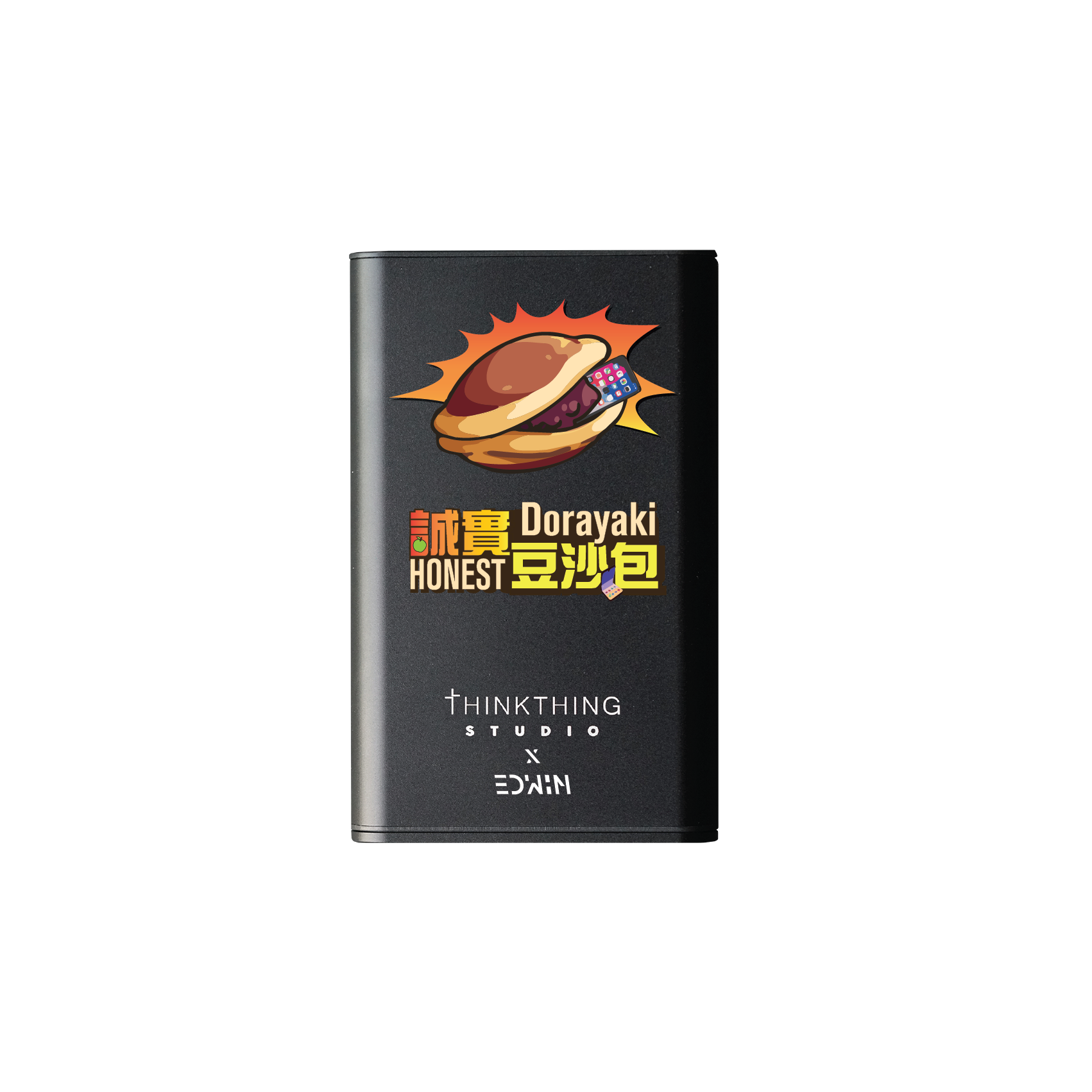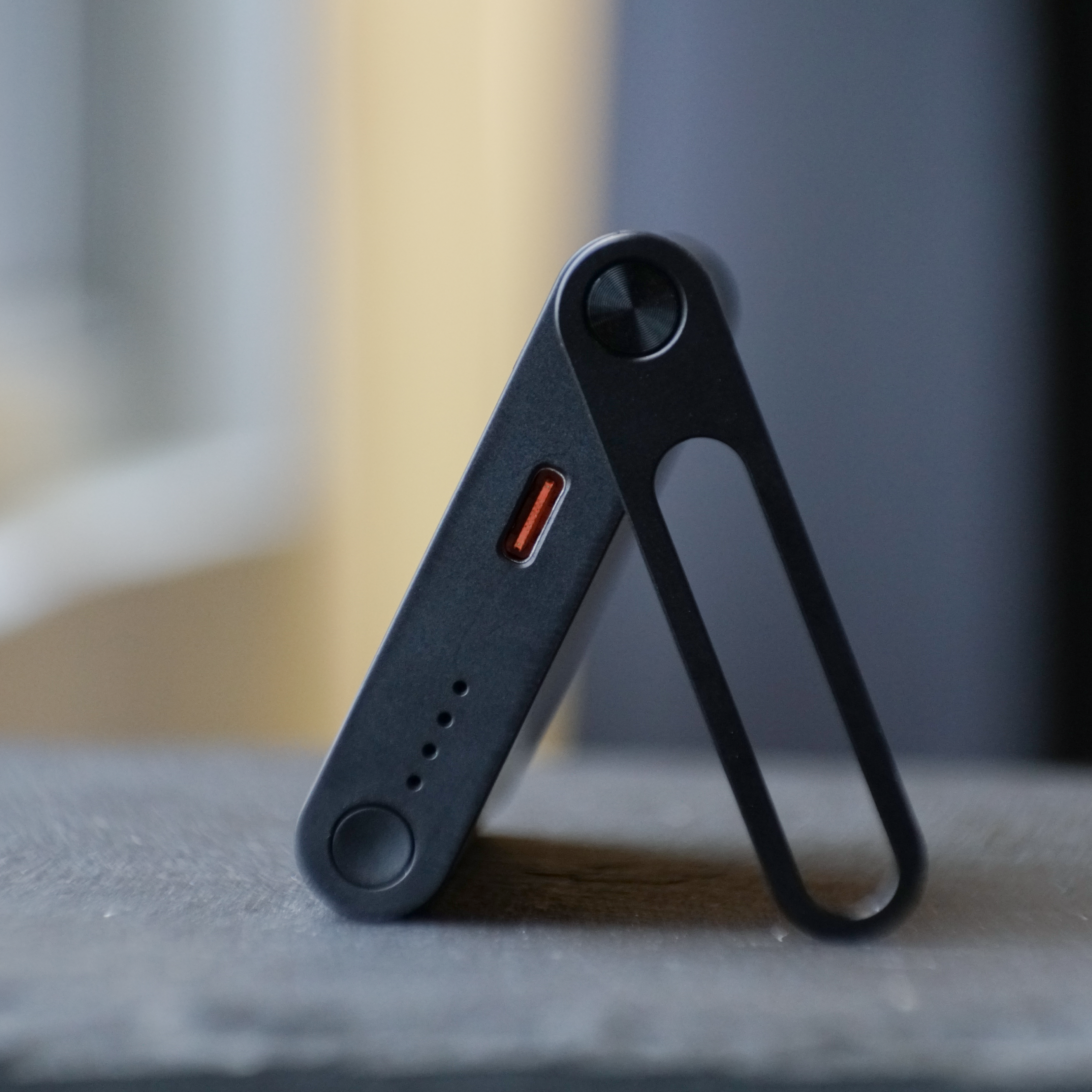【What Does mAh Mean in Power Banks?】What Are the Differences Between Wh, mAh, and Ah?
When choosing a power bank, most people focus on one thing, capacity. However, the different units used on packaging, like mAh, Wh, and Ah, can be quite confusing. Many assume that a “10,000mAh” power bank can fully charge their phone several times, only to find the actual performance falls short.
So how can you choose a power bank that’s truly reliable and safe?
This article will walk you through the differences between mAh, Wh, and Ah, explain what they acutually mean, and share helpful buying tips and answers to common questions — giving you more confidence in picking the right power bank for your needs.
What Does mAh Mean in Power Banks, and Why Is It Commonly Used?
mAh (milliampere-hour) is the most common unit used to indicate the capacity of a power bank. It represents the amount of current a battery can supply over time.
For example, a 10,000mAh battery can theoretically provide 10,000 milliamps (mA) of current for 1 hour, or 1,000mA for 10 hours.
Example
If your phone has a 3,000mAh battery (a typical size), a 10,000mAh power bank could theoretically charge it more than 3 times.
However, actual performance may vary due to power conversion loss, cable quality, and voltage differences, so in real use, it might charge your phone about 2 to 2.5 times.
Power banks typically use mAh on the label because it’s more consumer-friendly and gives a quick, intuitive idea of how much “battery life” a product can provide.
What Is Wh, and How Is It Related to mAh?
Wh (watt-hour) is another unit used to measure battery capacity. It reflects the total amount of energy stored, and is often considered more accurate when comparing batteries with different voltages.
Conversion formula:
Wh = (mAh × Voltage) ÷ 1,000
Example
Voltage varies between batteries, so even if two batteries have the same mAh, their actual energy may differ.
For instance:
-
10,000mAh at 3.7V → (10,000 × 3.7) ÷ 1,000 = 37Wh
-
10,000mAh at 5V → (10,000 × 5) ÷ 1,000 = 50Wh
Why Wh Matters for Air Travel
Wh is the key unit used by airlines to determine battery safety.
When flying, airlines typically limit carry-on lithium batteries to under 100Wh, regardless of the mAh number. That’s why understanding Wh is important if you travel frequently with a power bank.
Check Airline Power Bank Rules in Detail: [2025 Power Bank Flight Restrictions] Are There mAh Limits for Power Banks? A Guide to Airline Policies
What Is Ah, and Why Do We Sometimes See This Unit?
Ah (ampere-hour) is another unit used to measure battery capacity. In fact, it’s simply a larger unit than mAh:
1Ah = 1,000mAh
You’ll usually see Ah used for high-capacity batteries, such as those in power tools, electric bikes, or laptops. For everyday consumer electronics like power banks, mAh is the more common and practical unit, as Ah values would appear too large and harder to compare.
How to Choose the Right Power Bank?
Tip 1: Don’t Just Look at the mAh
Many people focus only on the listed capacity—like 10,000mAh or 20,000mAh—when buying a power bank. But in real-world use, the number of charges might fall short of expectations.
This is because usable capacity depends not just on the mAh value, but also on voltage and conversion efficiency.
Power banks usually use 3.7V lithium batteries, while most devices like smartphones charge at 5V or higher, causing some energy loss during conversion. On average, power banks have a conversion efficiency of 70–85%. So a 10,000mAh power bank will deliver less than 10,000mAh in actual usable power.
That’s why it's important to also check for: (1) Support for fast charging protocols, (2)Output power and (3) Overall energy efficiency. This helps ensure the power bank truly meets your needs.
Tip 2: Consider Your Actual Usage
When choosing a capacity, think about how you’ll use it and how much power your devices need.
-
For daily mobile users:
A 10,000mAh power bank is typically enough for commuting, work, or school use. It offers 1–2 days of backup power in a compact and portable size. -
For travel or business trips:
If you rely on your phone, tablet, or even laptop for extended periods, a 20,000mAh or higher model is recommended. It ensures multiple charges and reduces the need to find outlets.
Also consider:
-
Whether your devices support fast charging
-
Whether you need to charge multiple devices at once (e.g., phone + earbuds)
In that case, a power bank with dual or multiple outputs can be a smart choice.
Tip 3: Don’t Ignore Brand and Safety
While there are many cheap, unbranded power banks on the market, they often lack key safety features like overcharge and overheating protection, and may use low-quality battery cells. These risks can lead to overheating, swelling, or even explosions.
Read more on power bank explosion risks: 【Power Bank Explosions】8 Major Causes Behind Charging Device Explosions + 5 Must-Know Prevention Tips|Recommended Safe Power Bank
It’s highly recommended to choose power banks from reputable brands with proper certifications, such as CE, FCC, RoHS, or BSMI, to ensure compliance with international safety standards. Also, check whether the product clearly lists battery specifications, offers warranty service, and uses flame-retardant materials along with efficient heat dissipation design—all of which are important for protecting both the user and the device.

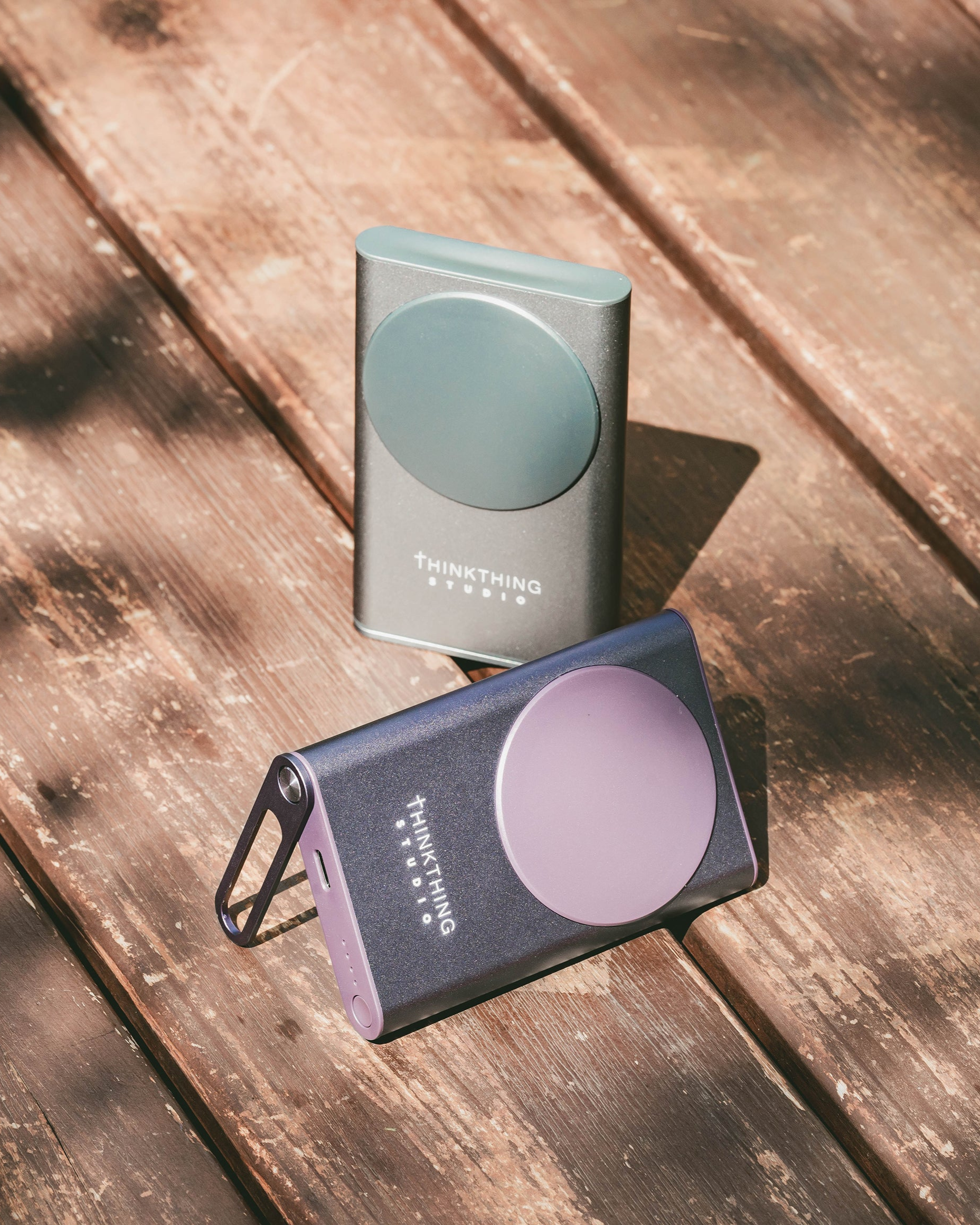
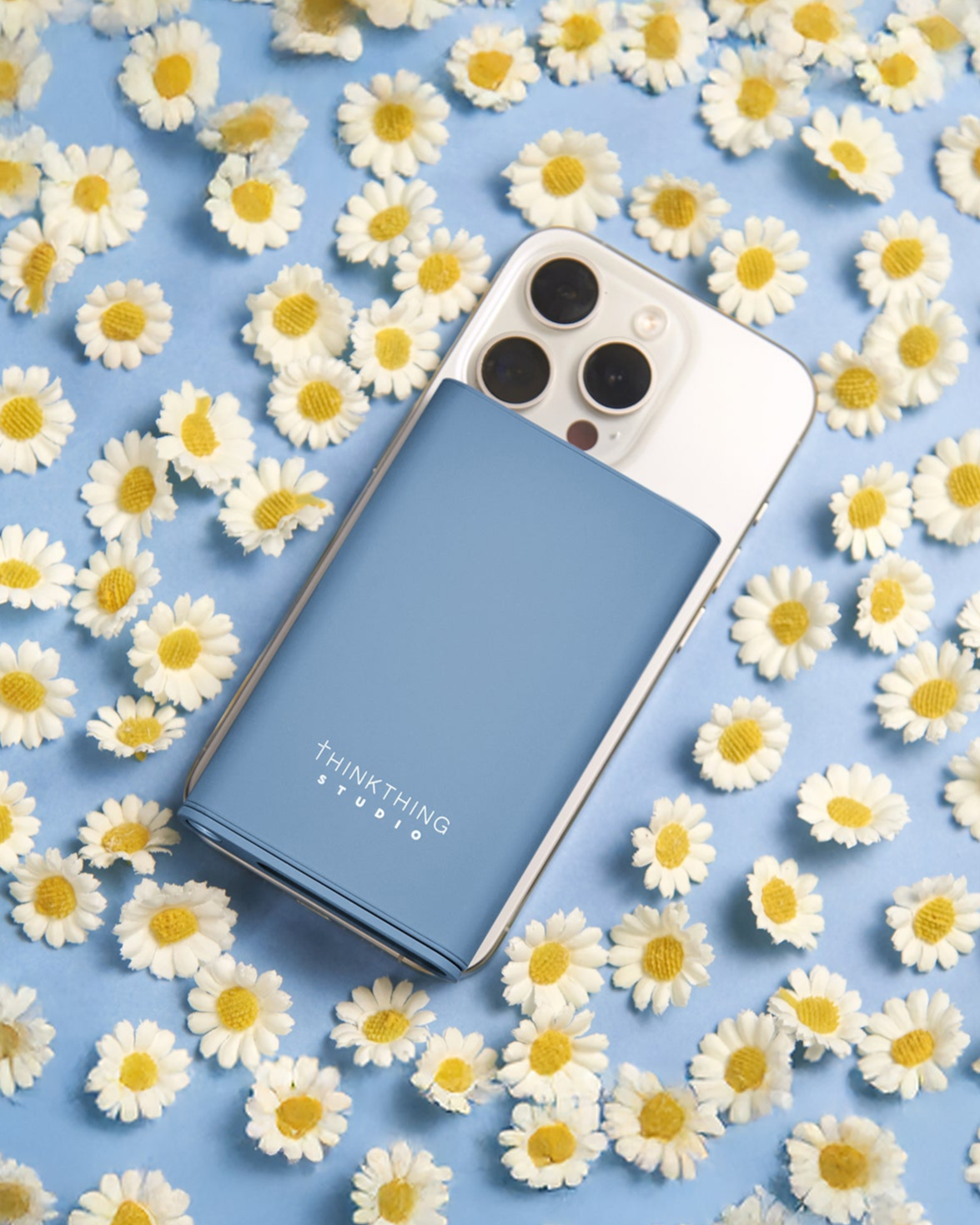
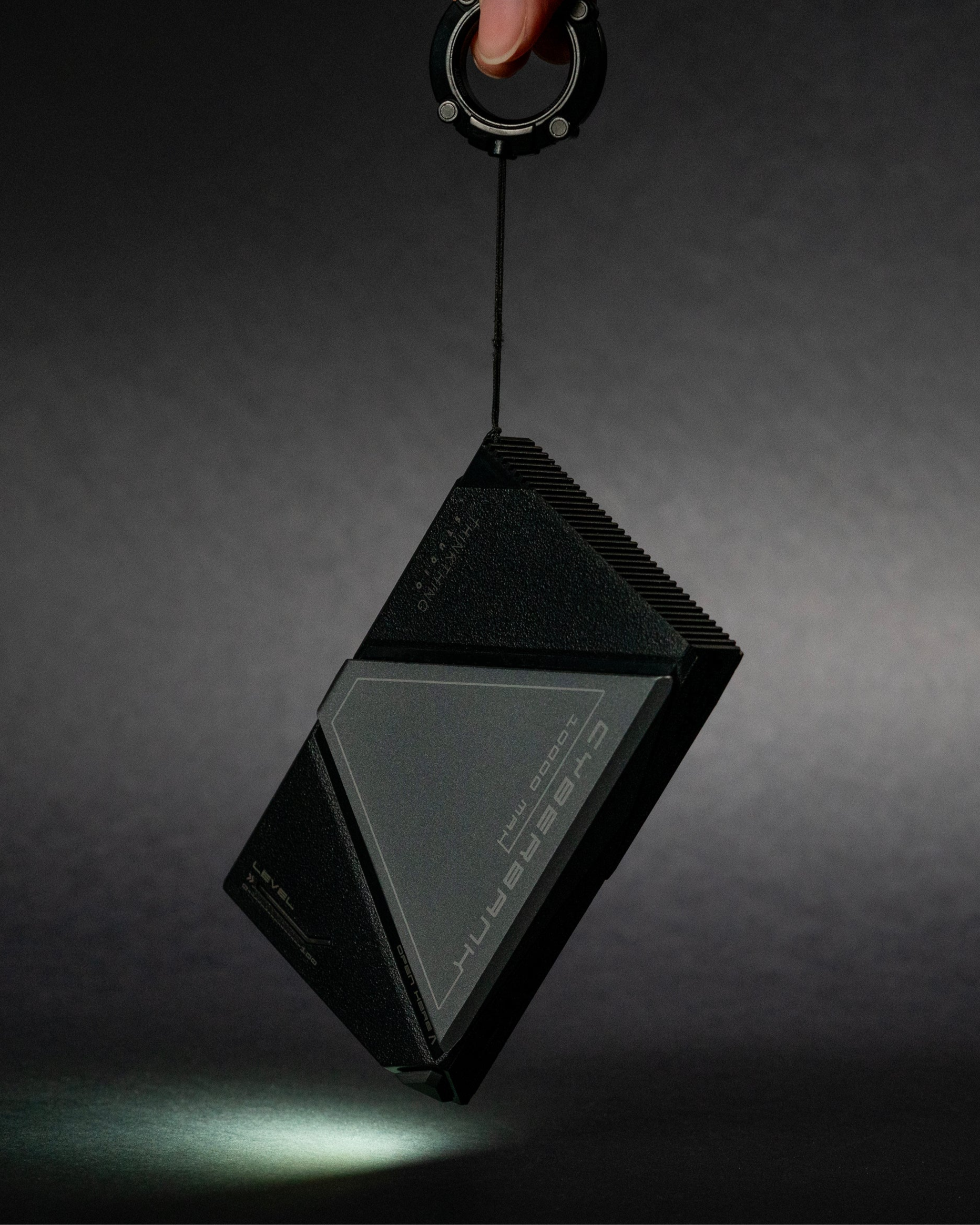
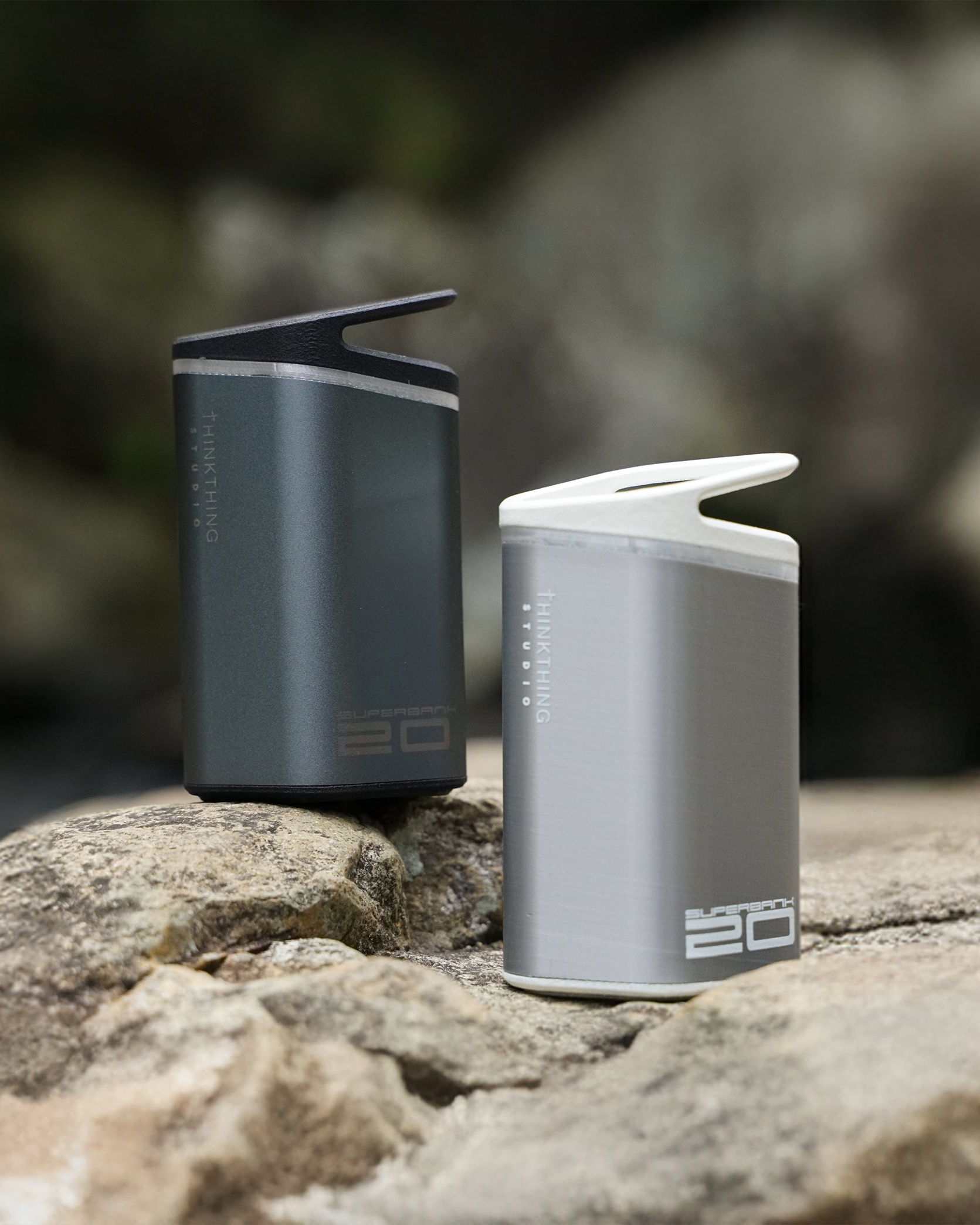
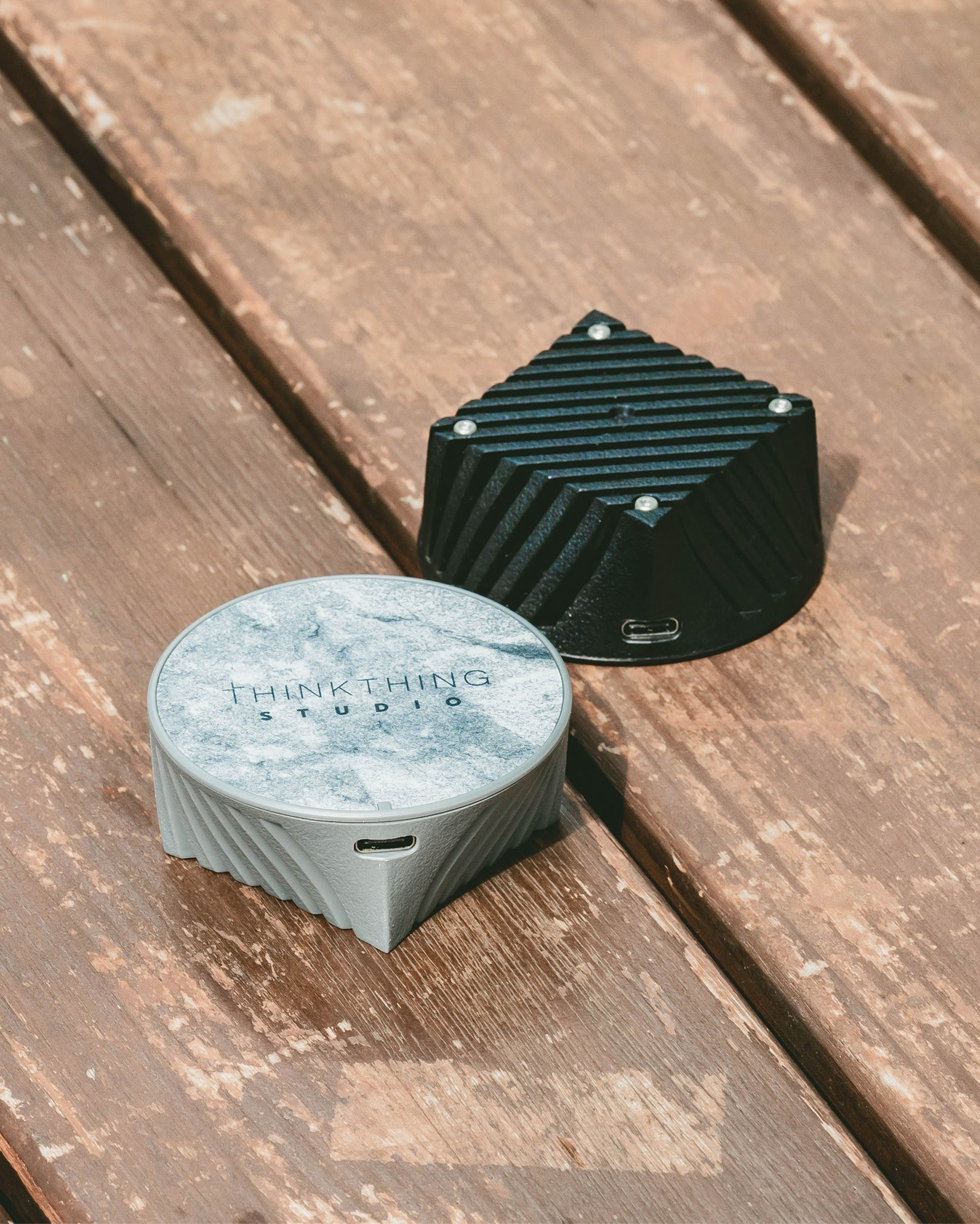
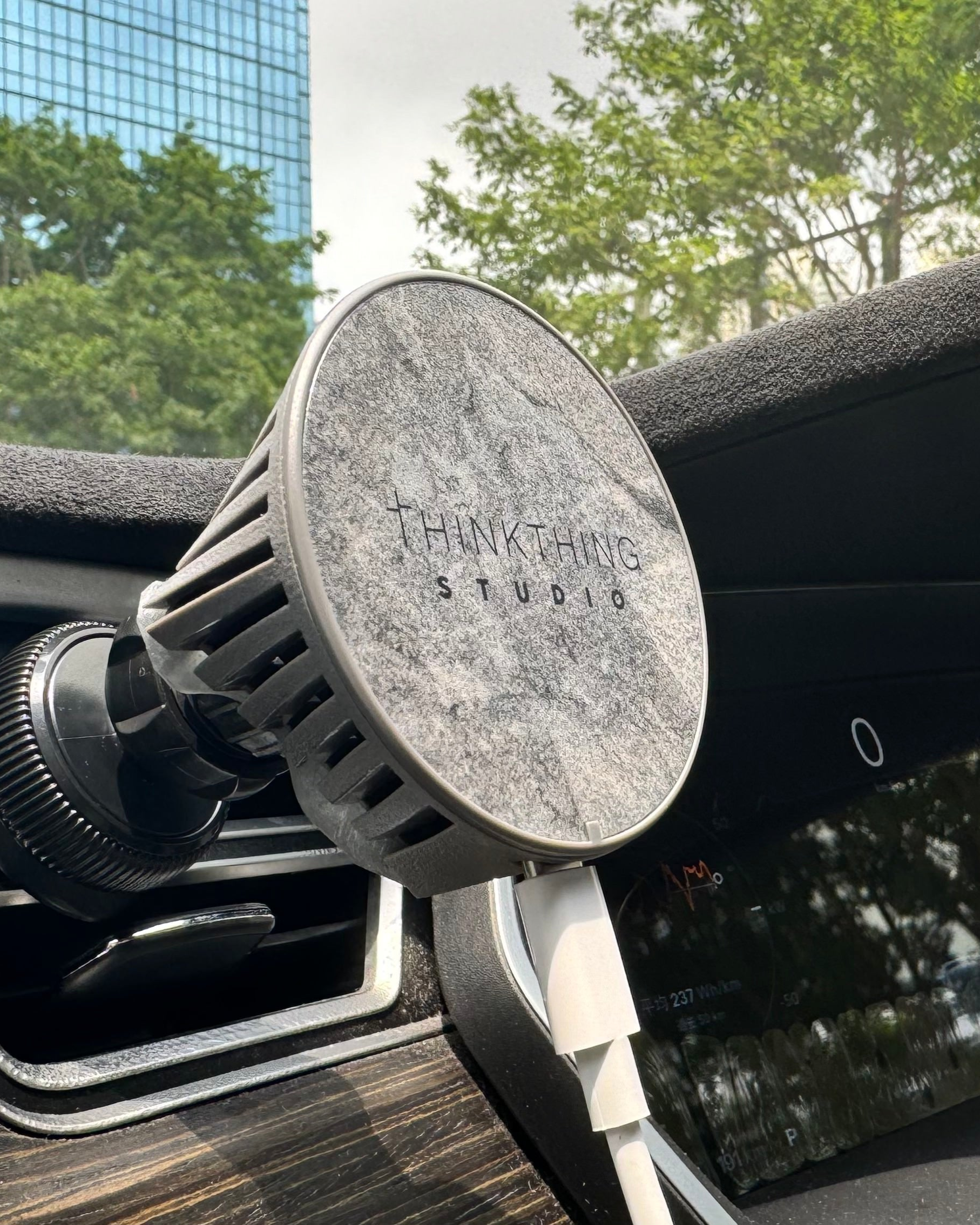
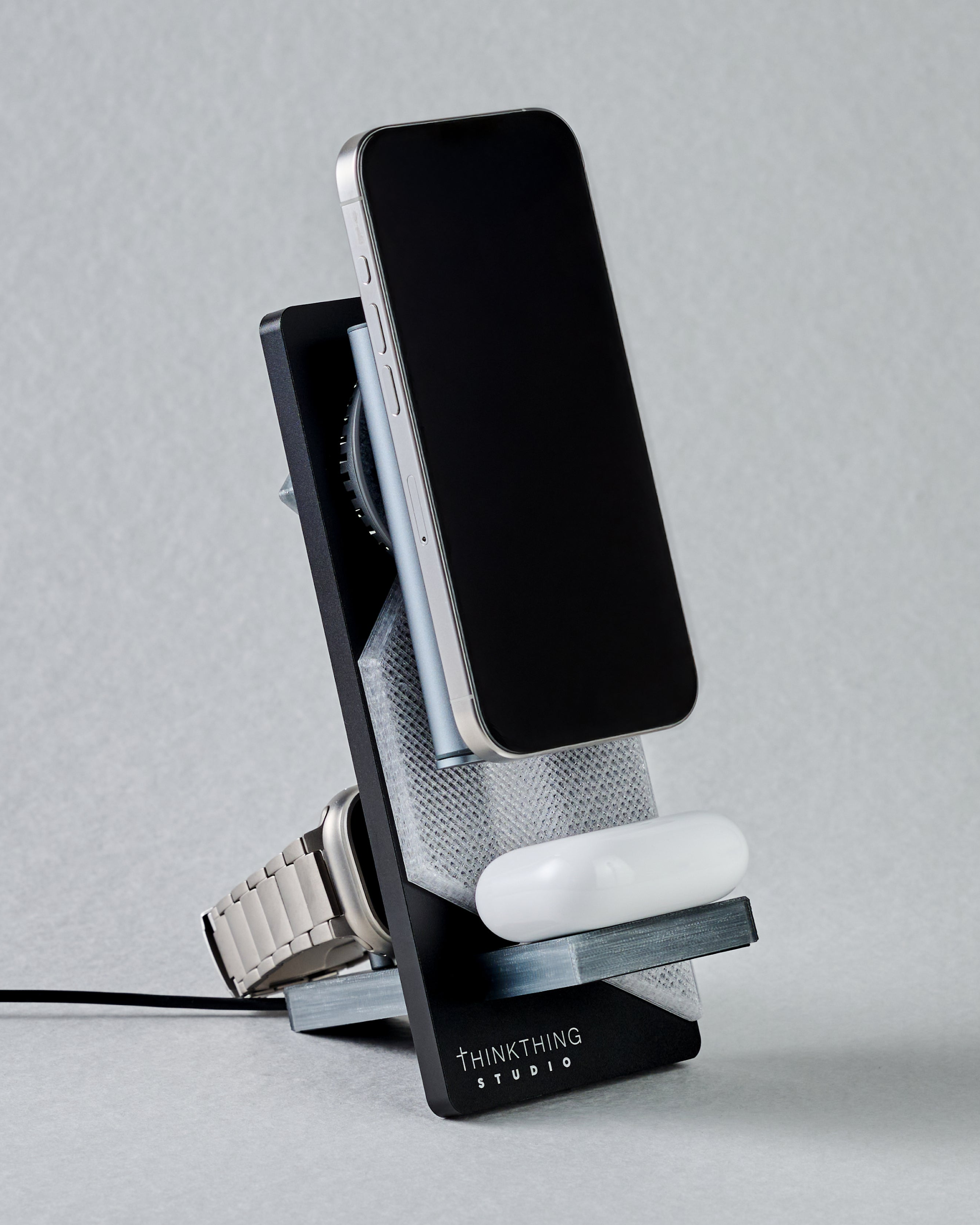
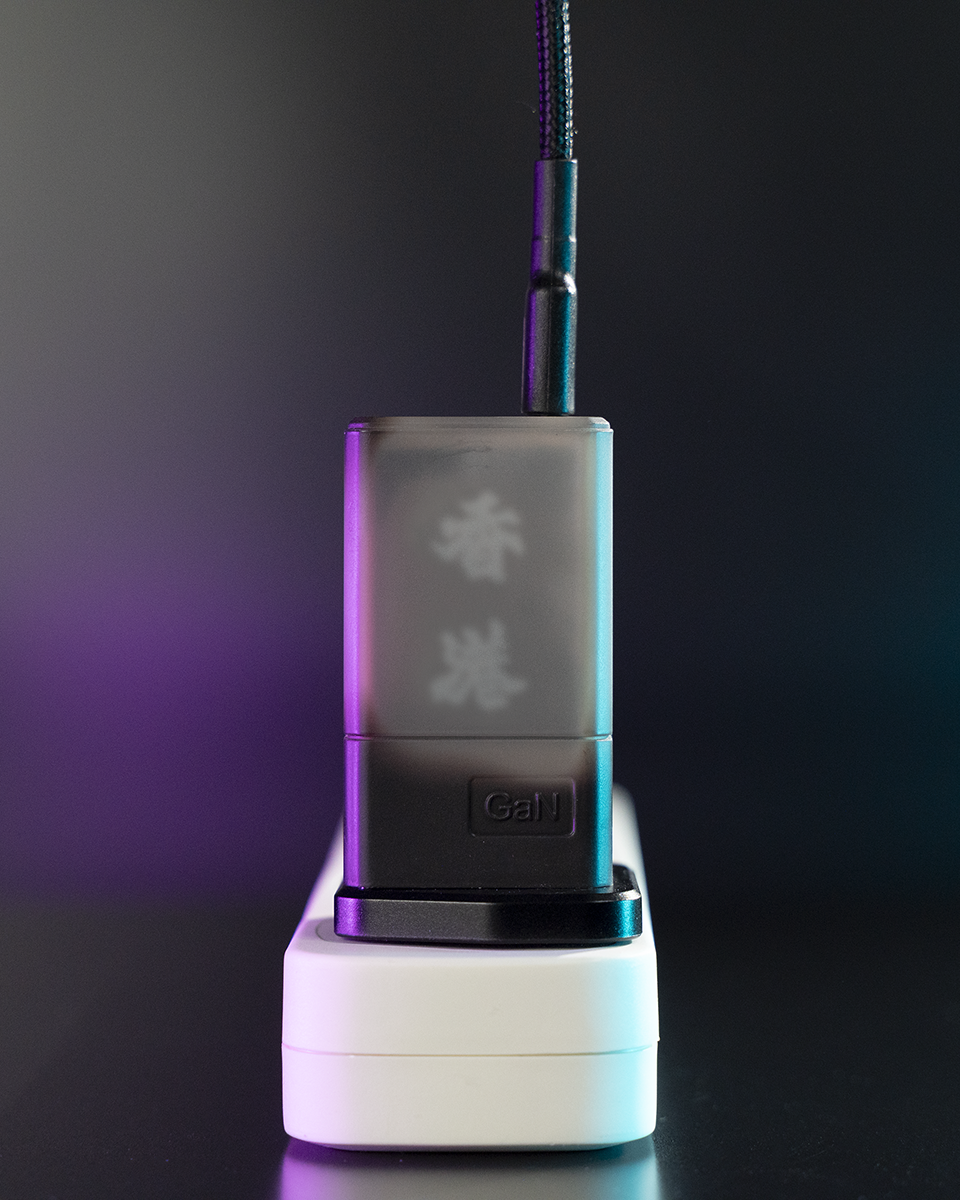
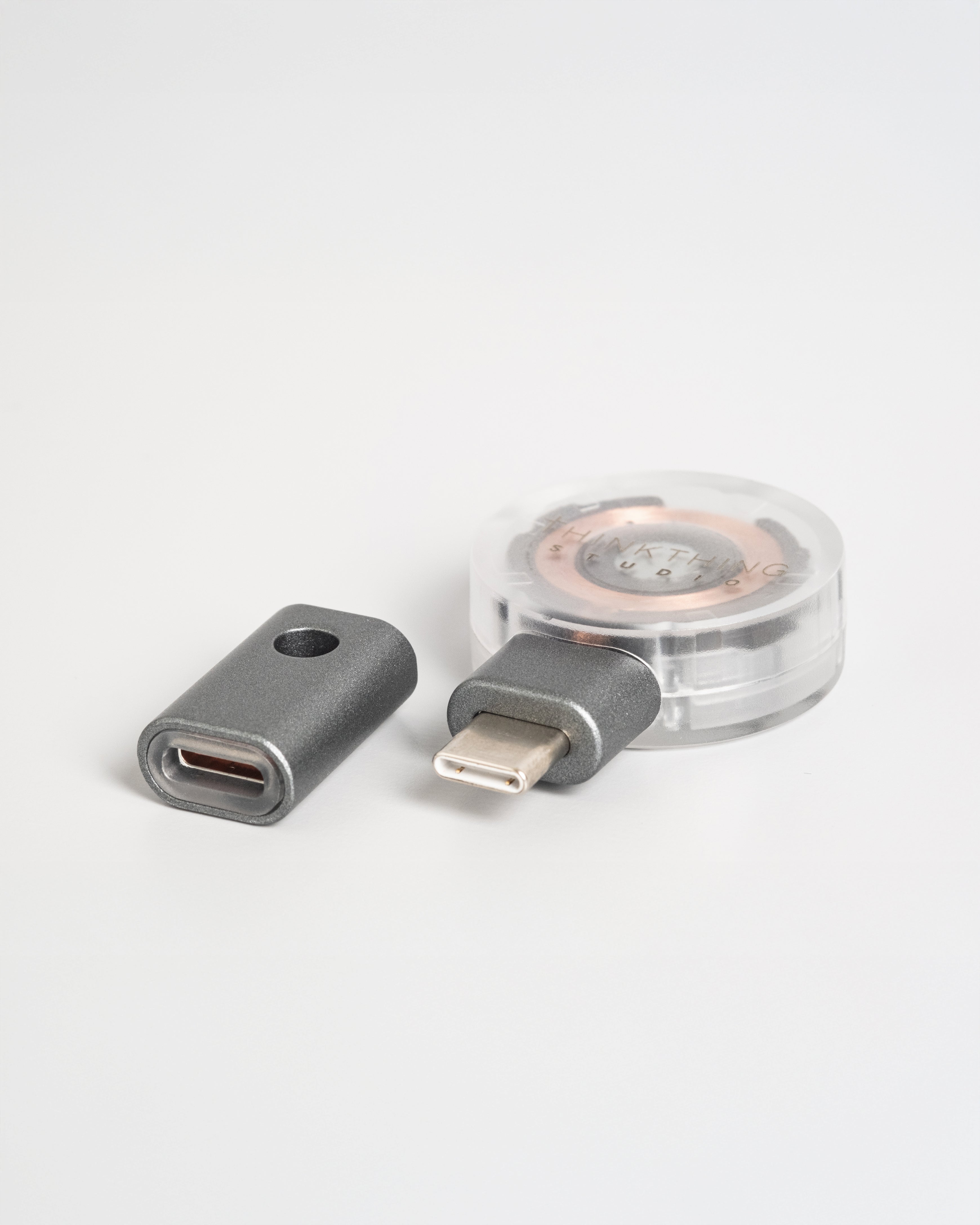
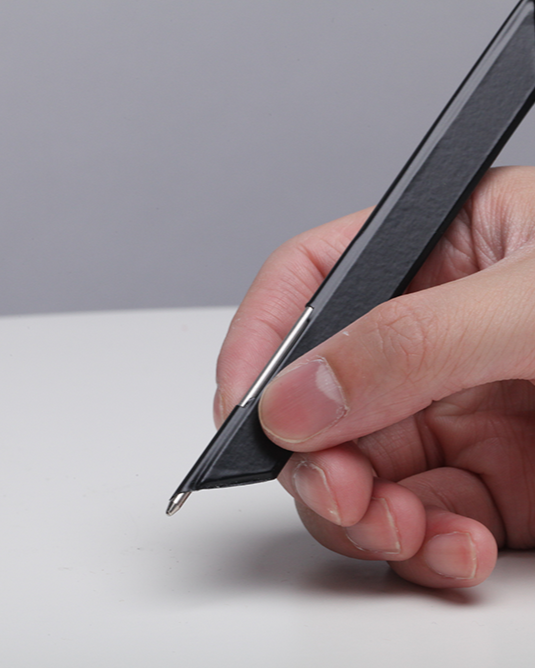
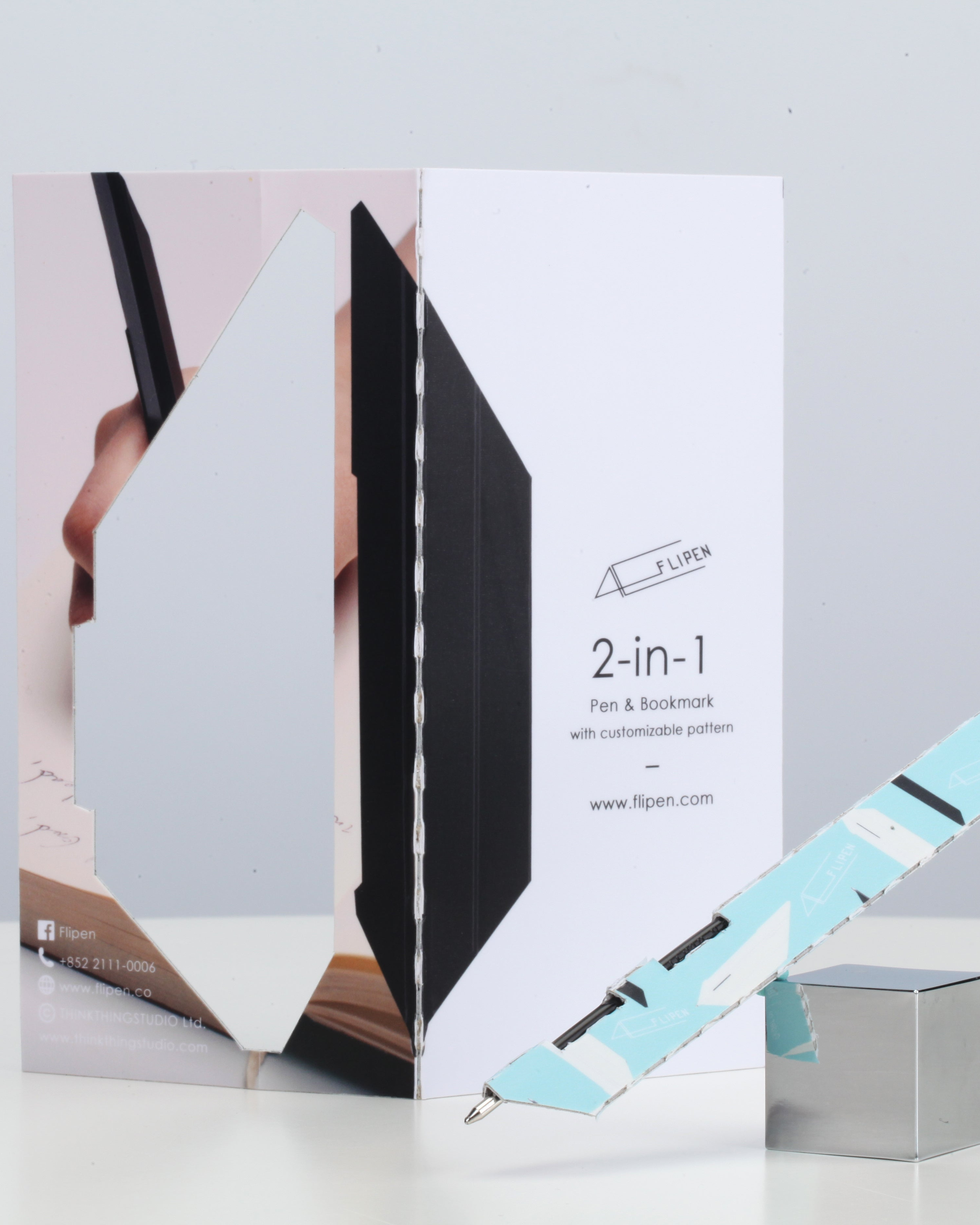
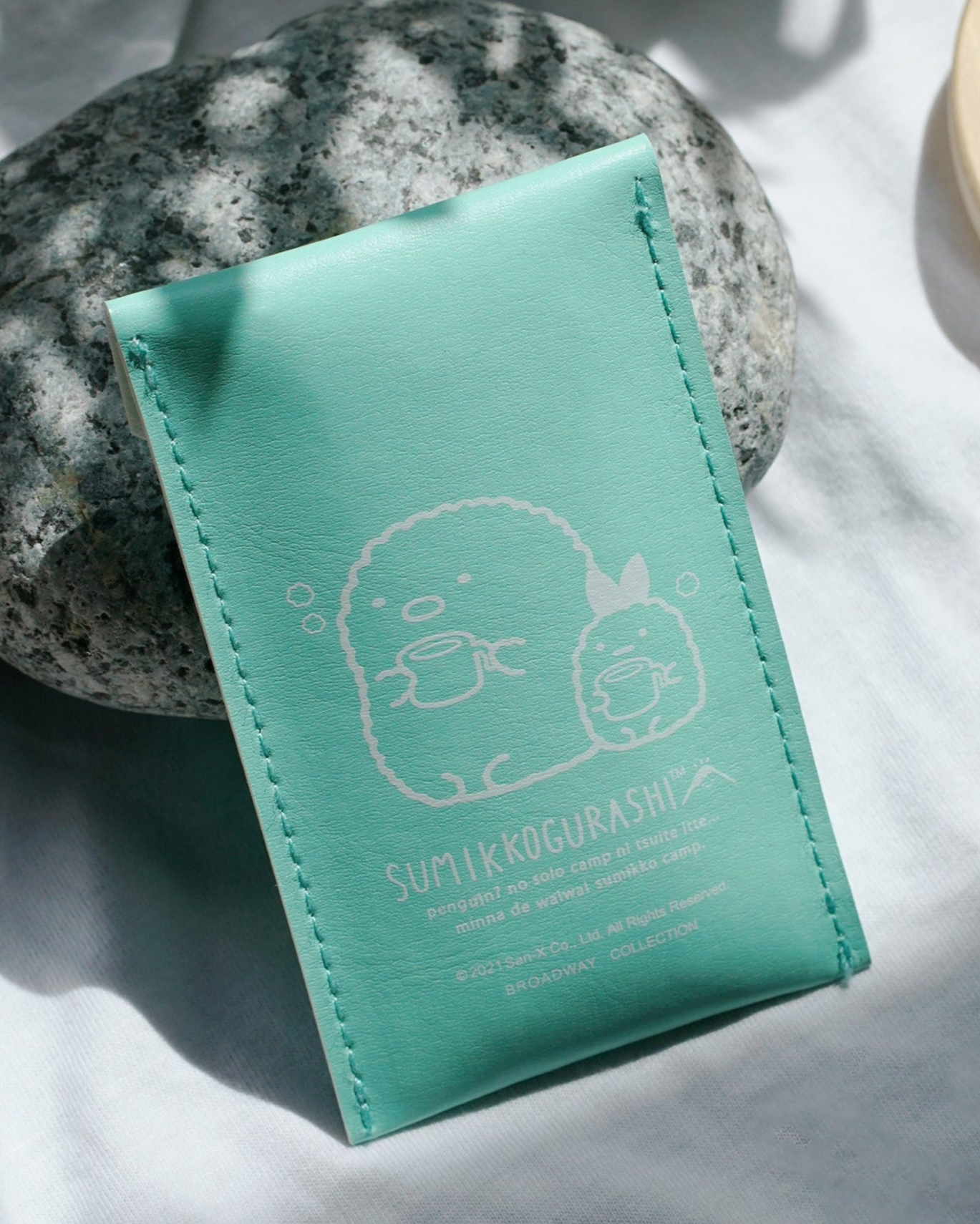
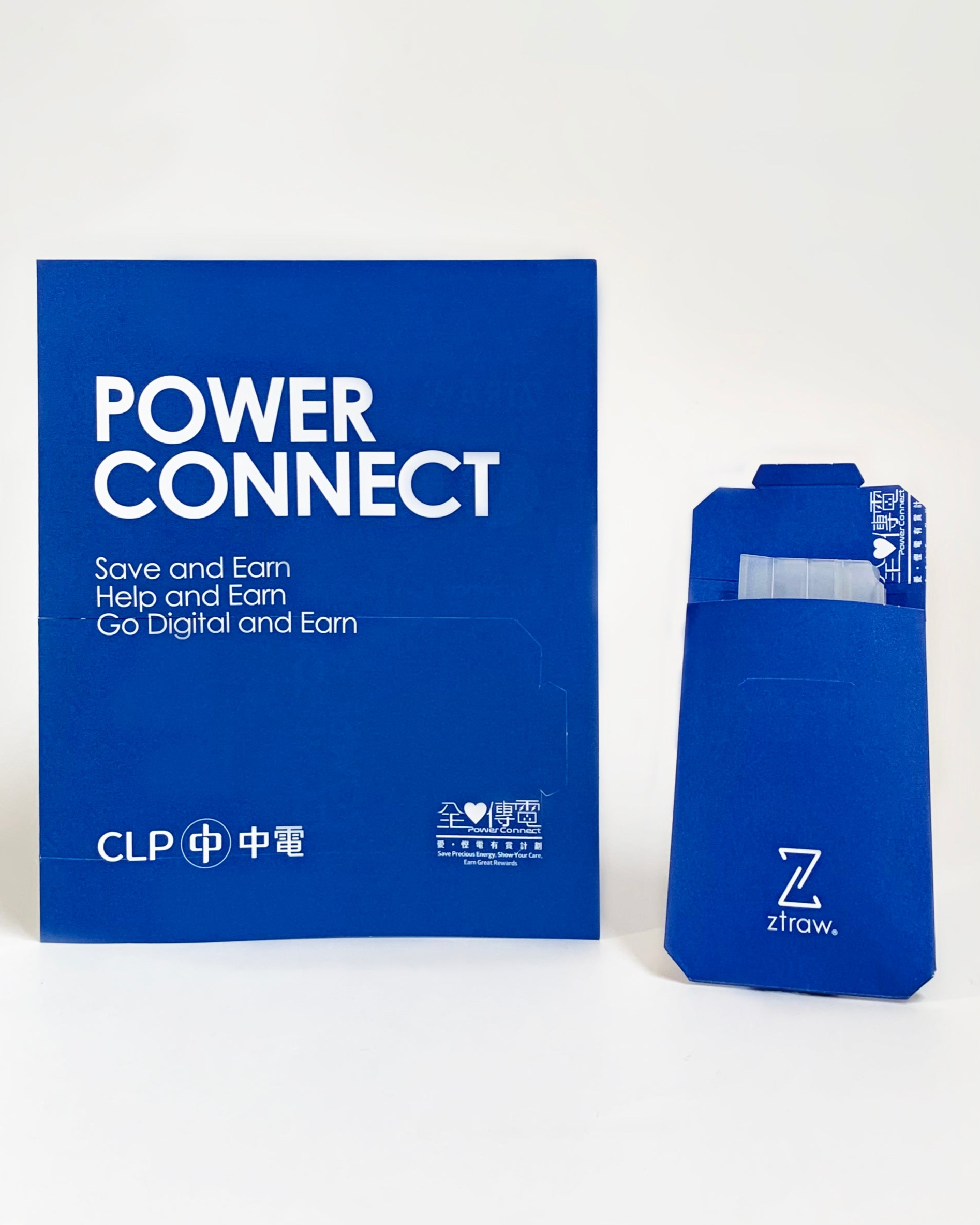
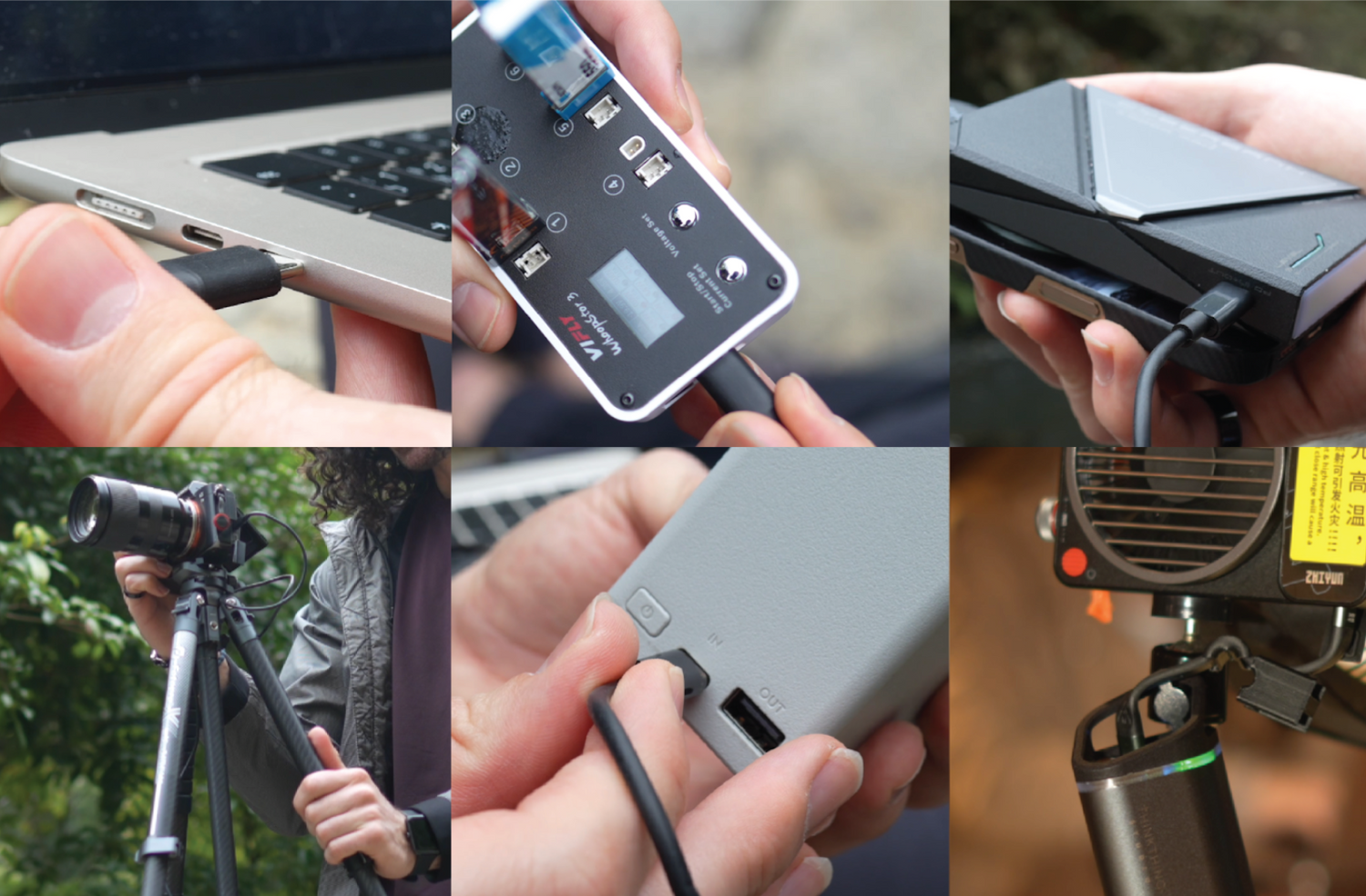

 Price: HK$329
Price: HK$329